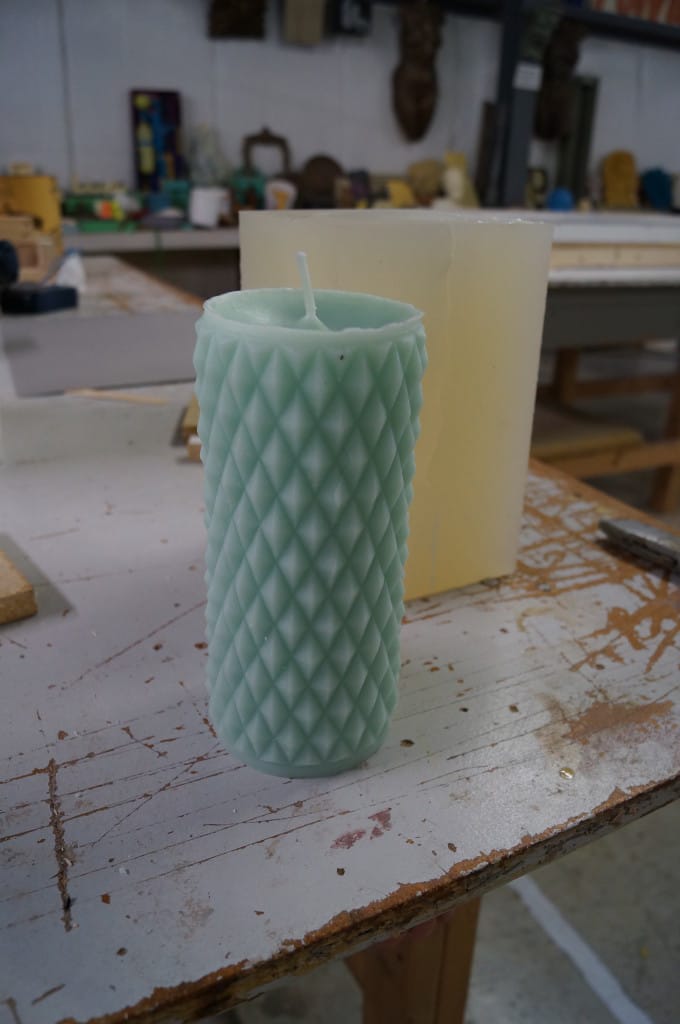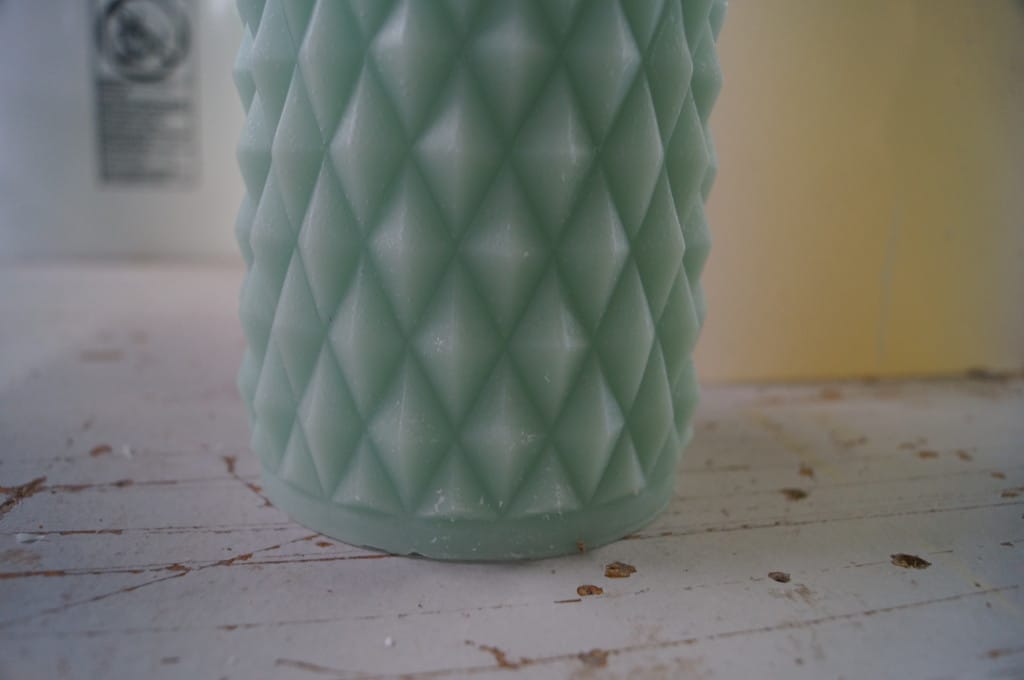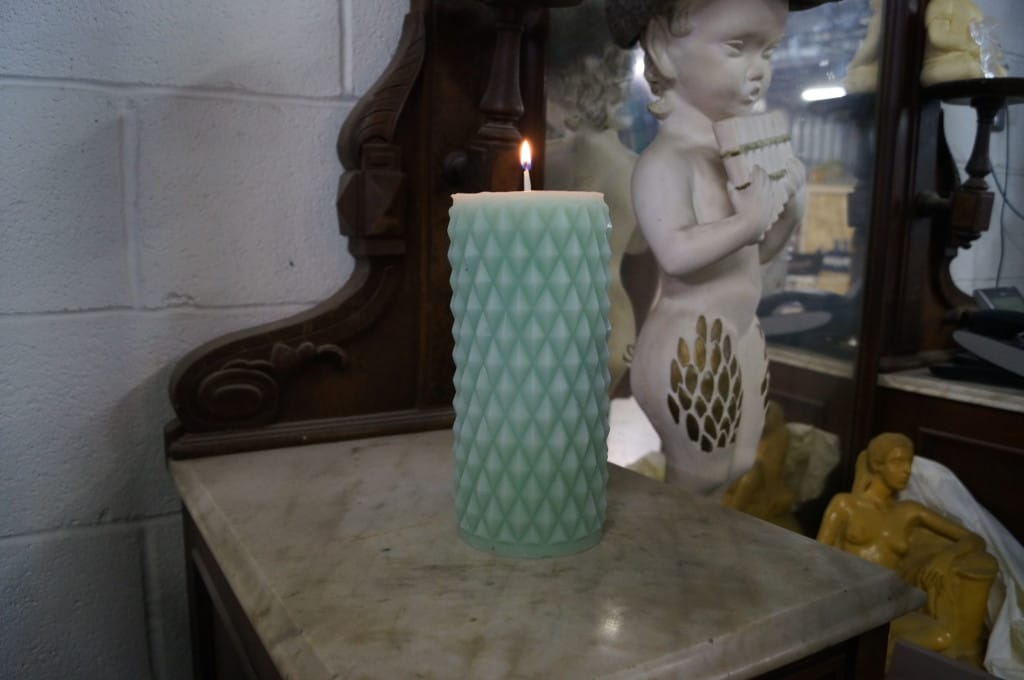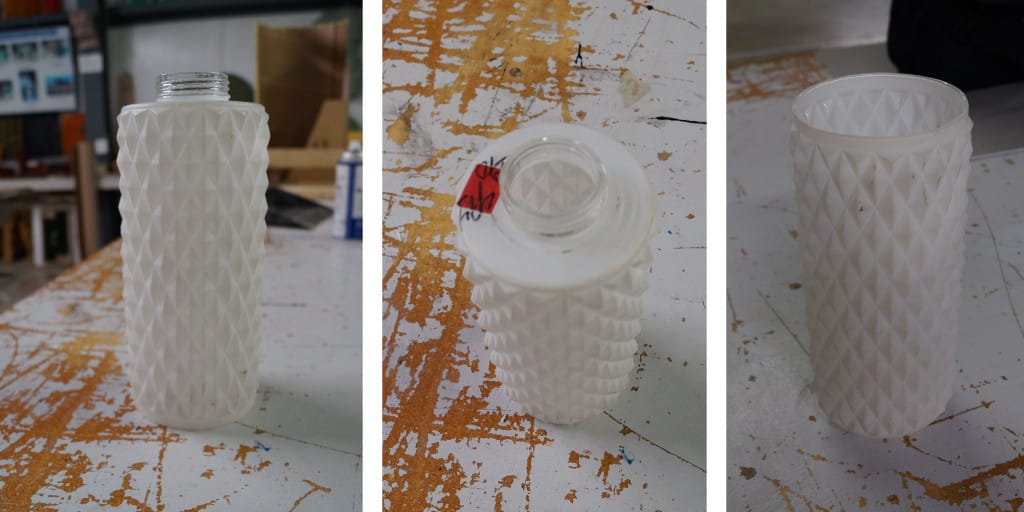Tutorial: How to Make a Silicone Rubber Candle Mold
The following tutorial details the process of making a silicone rubber mold for casting wax to make candles.
Supplies Needed for Project:
- A Model
- PlatSil® 73-15 Silicone Mold Rubber
- Pol-Ease® 2350 Sealer & Release Agent
- PolyPoxy® Quick Stick Adhesive
- OPTIONAL: EasyFlo 60 Liquid Plastic
- Plasticine Clay
- Plywood (or other material for mold box)
- Drill
- Screws
- Dry Brush
- Poly Paddle or other mixing tool
- Mixing Containers
- Putty Knife, if necessary
- Scalpel or Mold Key Knife
- Wick for Candle
- Candle Wax
- Parrafin Bath or other equipment for melting wax
Step 1: Select a Model
Select or create a model to replicate. The final wax candle will be a copy of this original model. Many candle makers sculpt their original models with clay, wood or wax or utilize computer-based options like 3-D printers and CNC routers to produce their designs.
The model that we selected for this particular project is made of glass:
This glass model is hollow; however, we would like the final candle to be solid, so we fill the model with wood and clay:
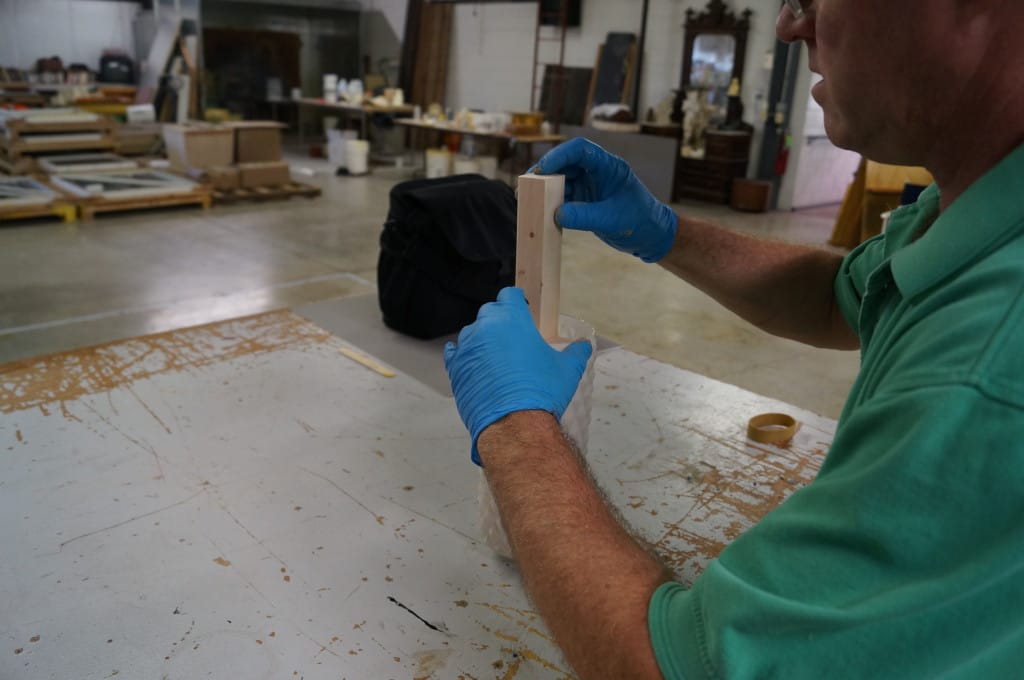
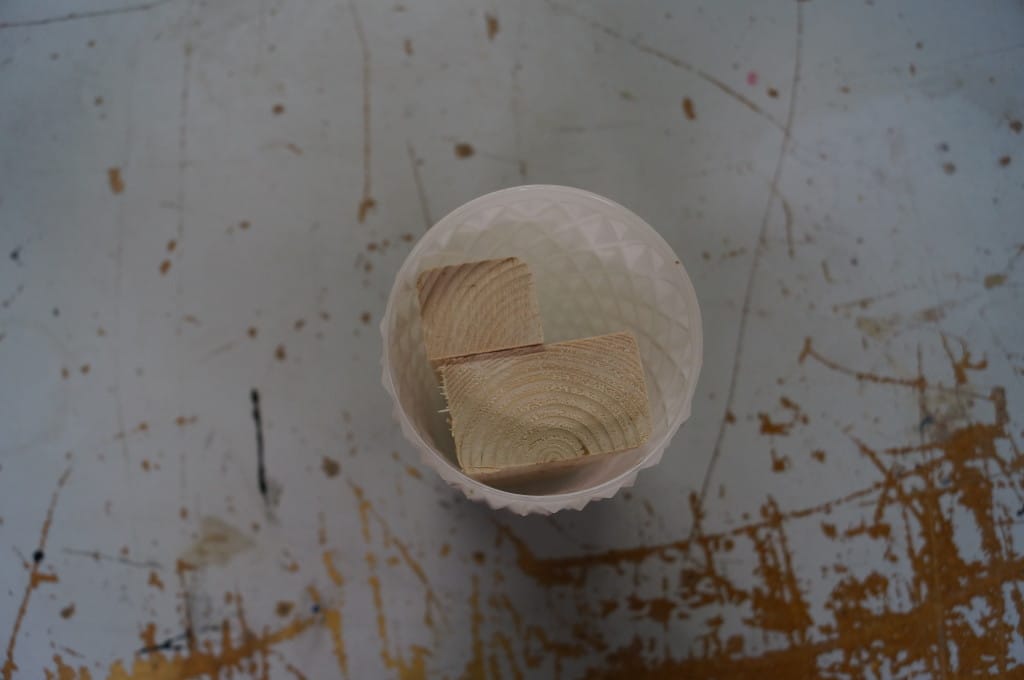
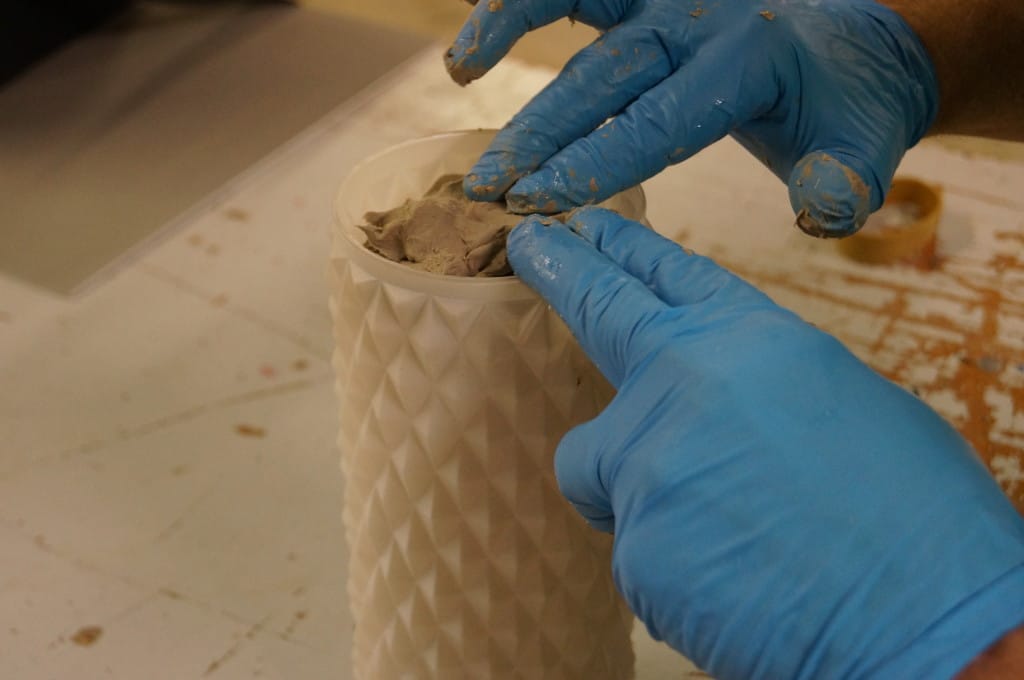
The mold rubber will pick up every detail of the model, so the clay is carefully smoothed out:
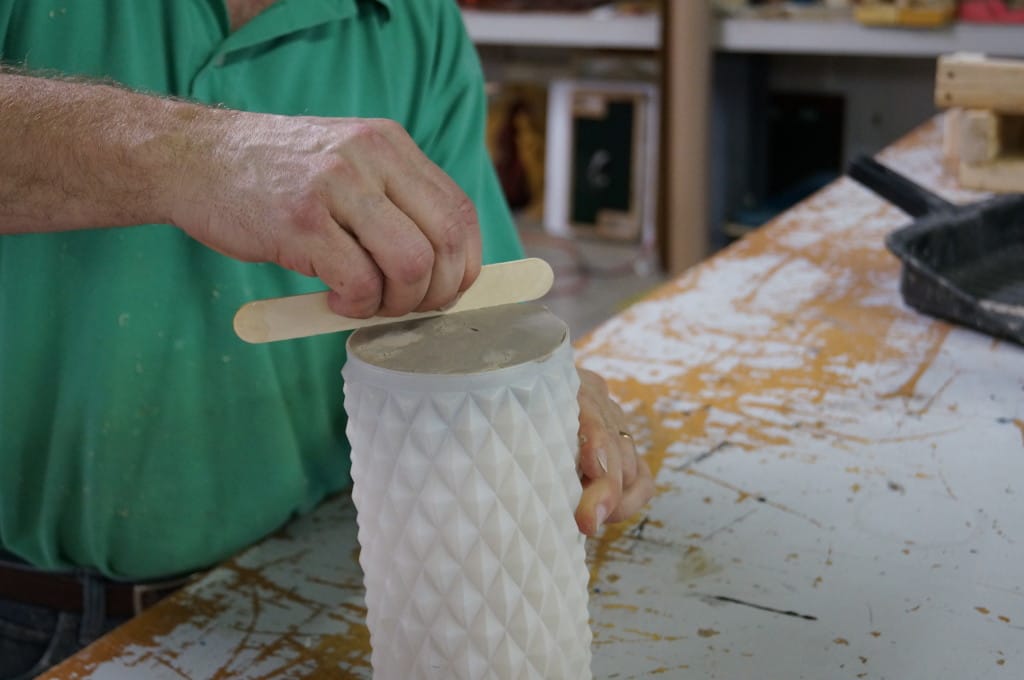
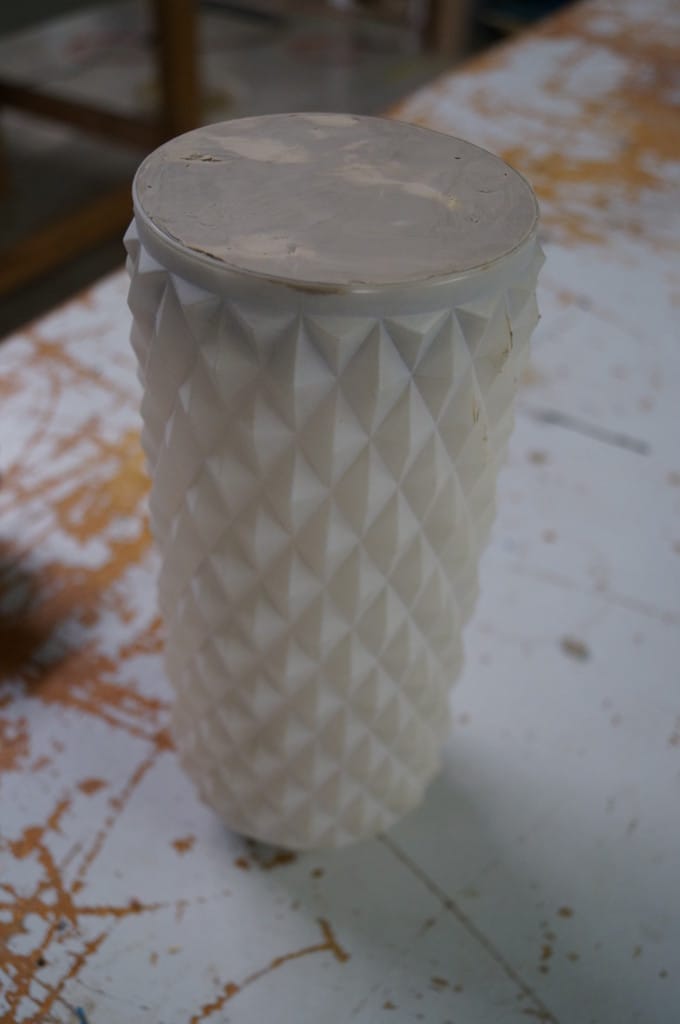
Step 2: Construct a Mold Box & Secure the Model
To make a one-piece poured block mold, construct a mold box or select a suitable container to place your model in. Make sure that there is enough space between the model and the mold box walls to create mold walls with an appropriate thickness.
We leave approximately 1″ of space for mold walls and the mold bottom in this example.
Plywood is being used to construct the mold box. Porous materials like this must be sealed prior to pouring liquid mold rubber. The plywood will be sealed in Step 3.
Some other possible options for mold boxes or mold containers: Plexiglas®, plastic pails, PVC pipe, Sonotubes ®, melamine-laminated particle board (you can purchase a 24″ H mold box directly from Polytek).
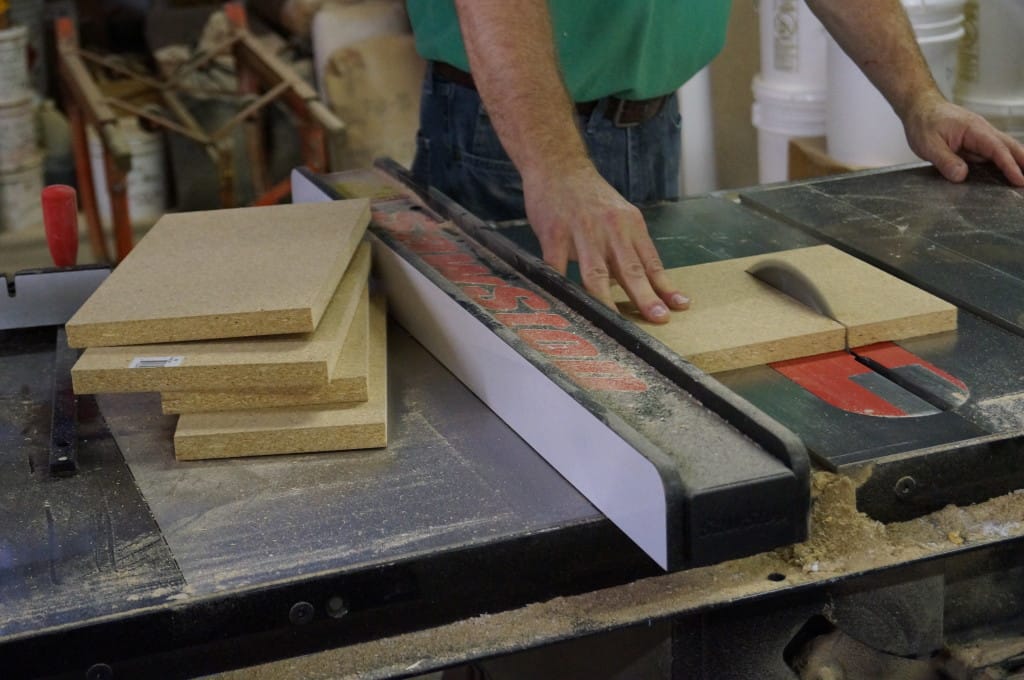
Using a hole saw, we create a hole in the bottom board of the mold box to hide this part of the model (we do not want this protrusion on the final candle):
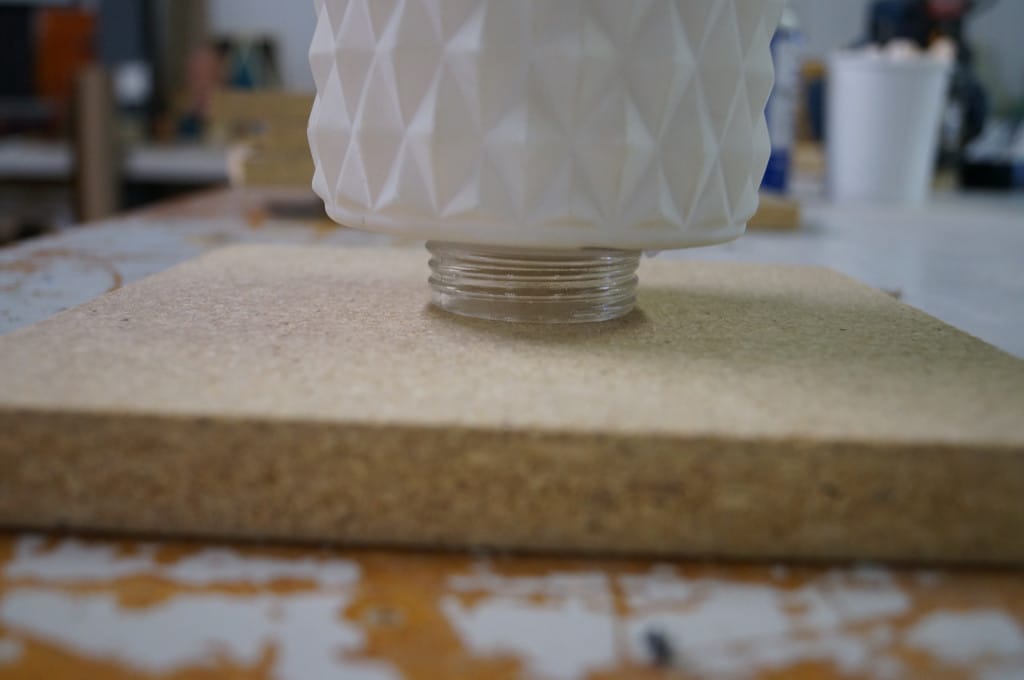
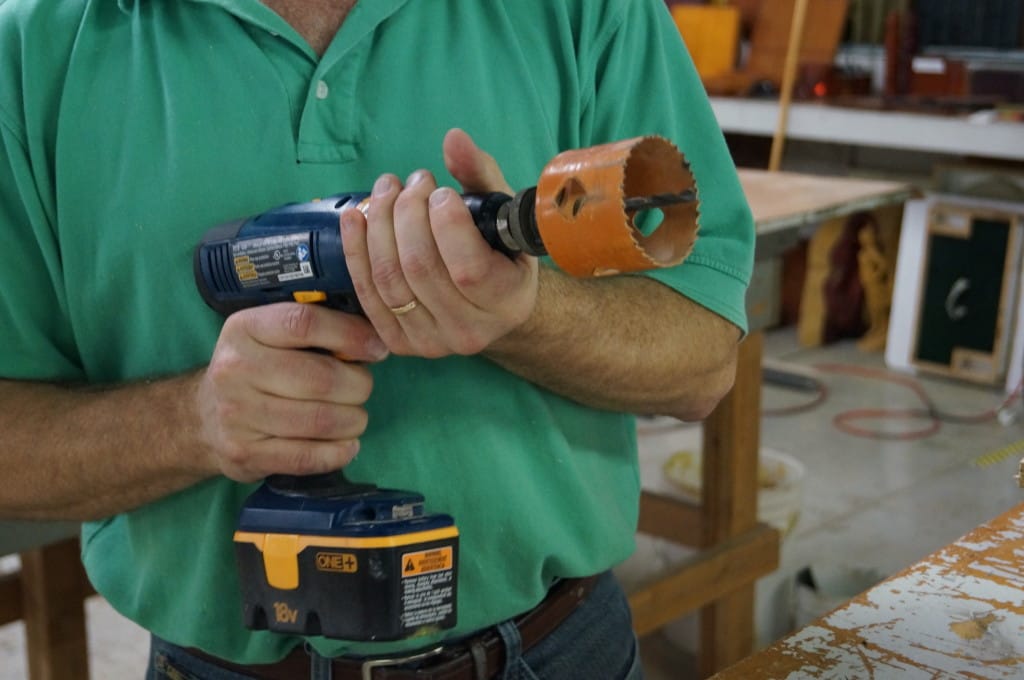
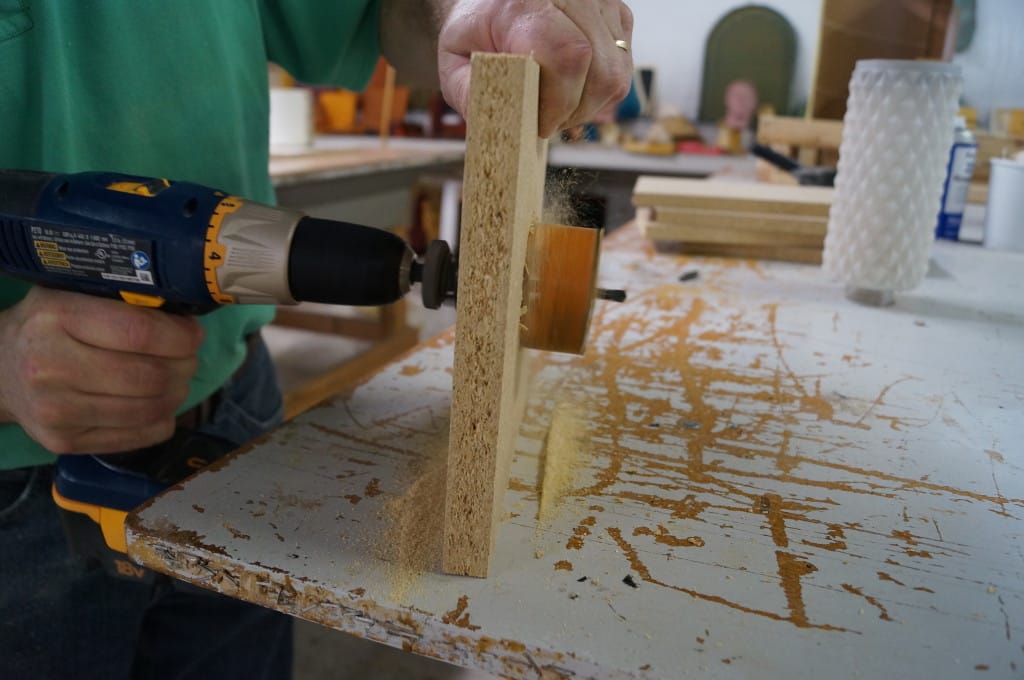
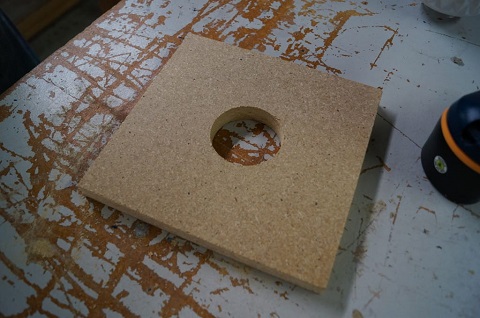
Securely adhere the model to the bottom board so it does not float when the mold rubber is poured around it.
Using PolyPoxy® Quick Stick Adhesive, a two-part, fast-setting epoxy adhesive, we adhere the model to the bottom board:
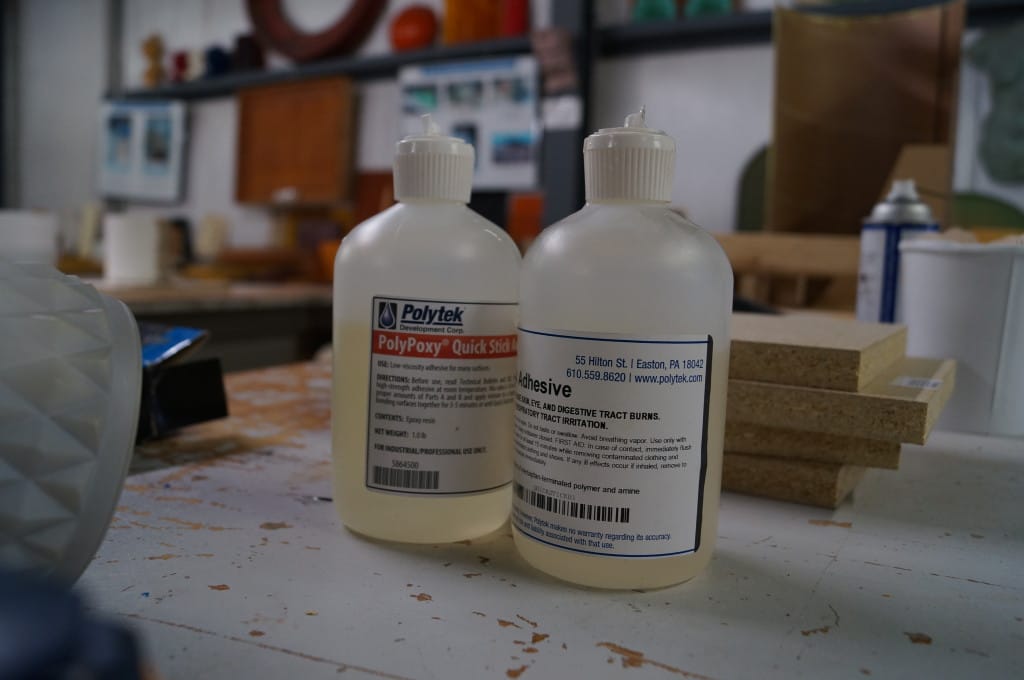
PolyPoxy® Quick Stick Adhesive has a 1:1 mix ratio and sets in 3-5 minutes.
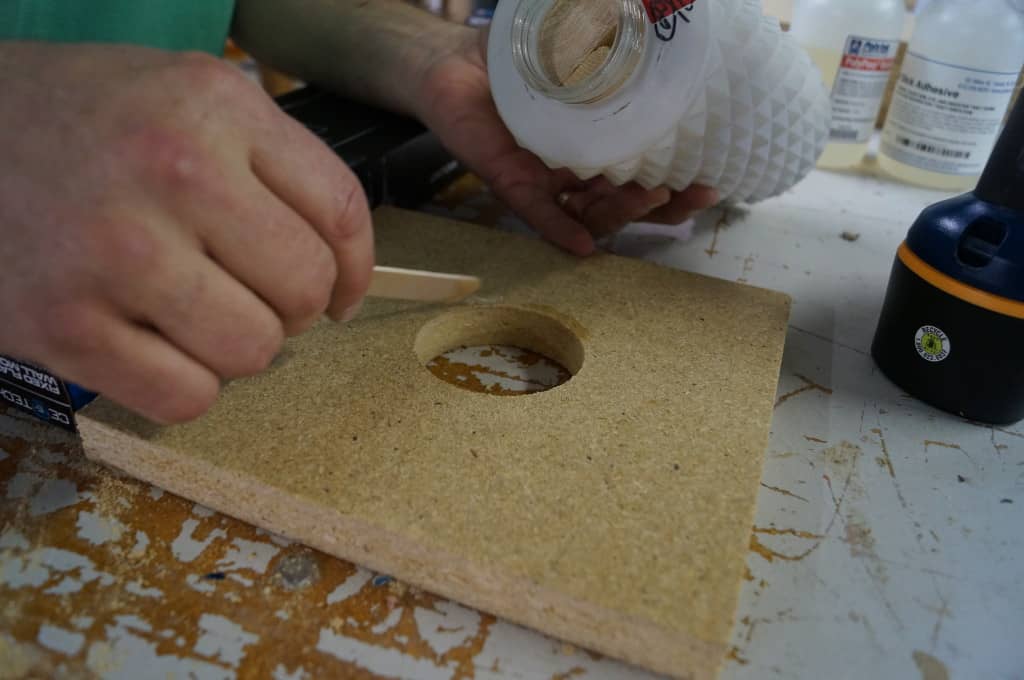
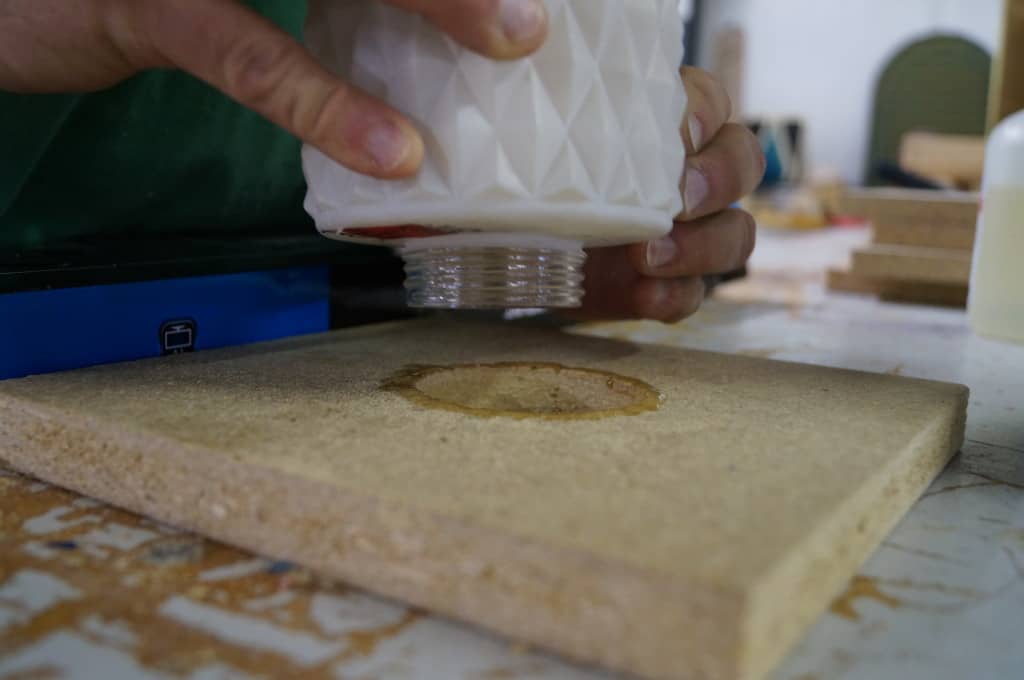
![Allow Epoxy to Cure [3-5 min.] Model on Baseboard (2)](/content/images/Candle-Mold_15.jpg)
While the epoxy is curing, construct the walls of the mold box:
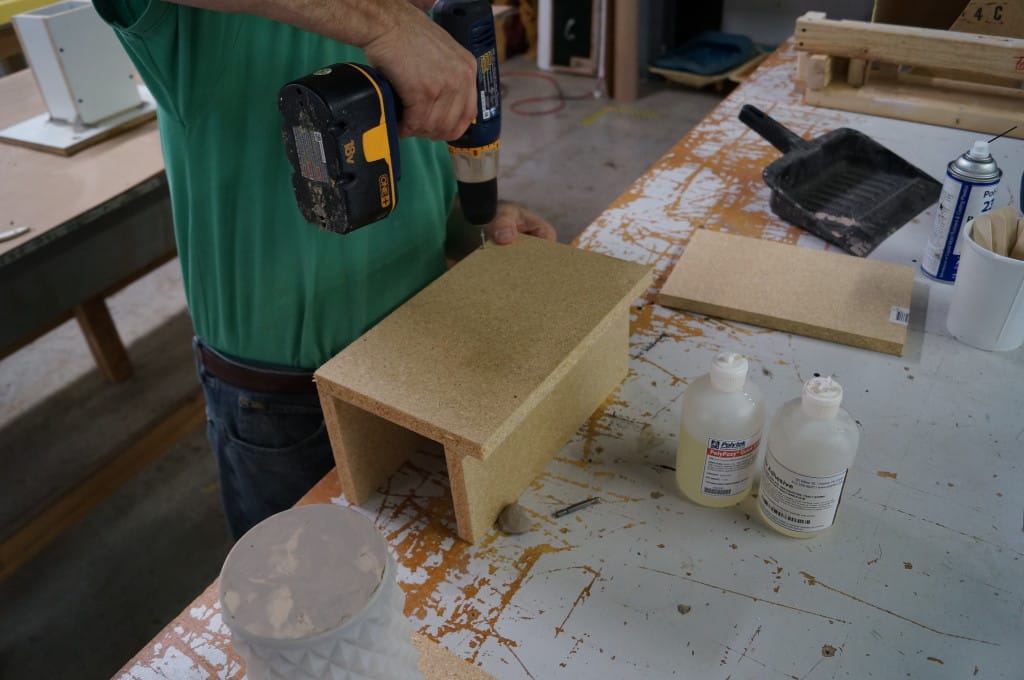
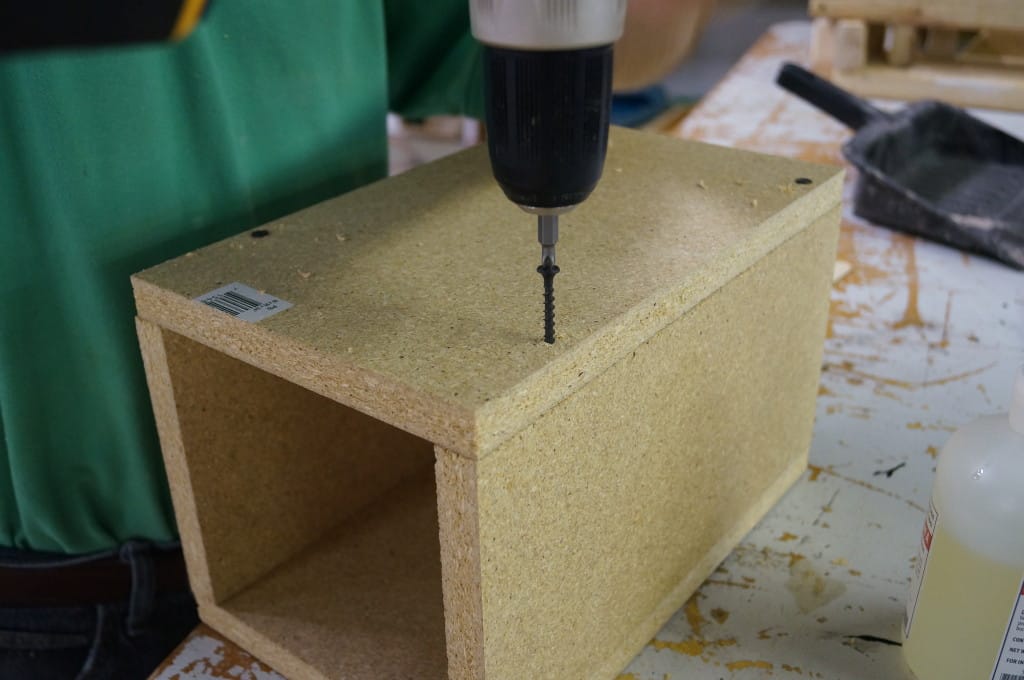
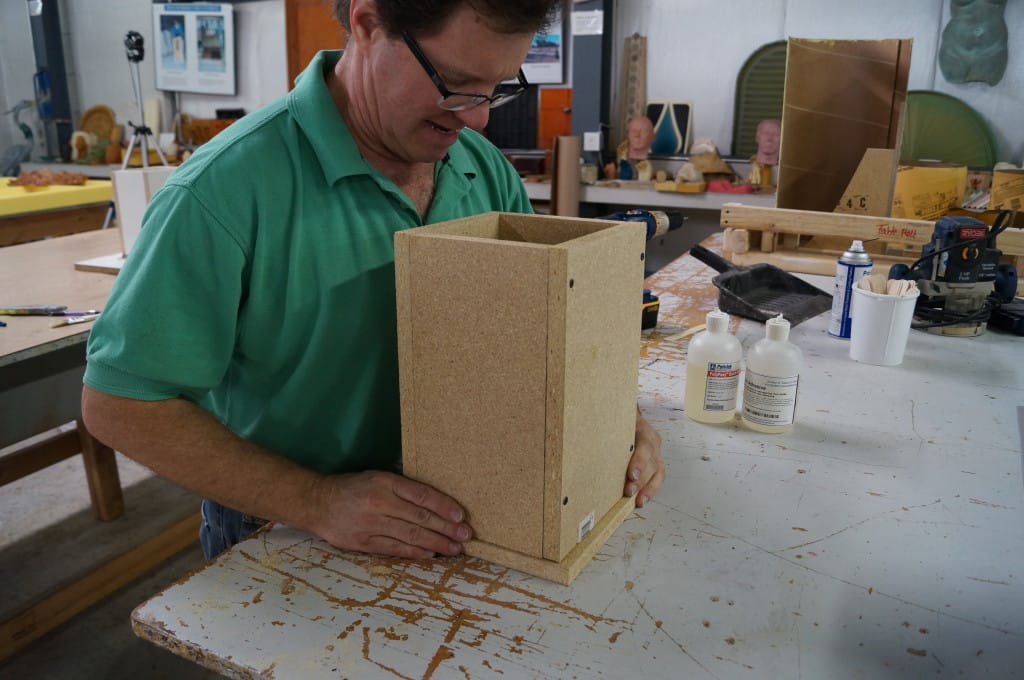
Step 3: Apply Sealer & Release Agents as Necessary & Finish Preparing the Model
Apply appropriate sealers and/or release agents to the mold box.
As mentioned previously, the plywood used for this mold box is not sealed. We coat it with Pol-Ease ® 2350, a white petrolatum dissolved in mineral spirits, which serves as both a sealer and release agent. No additional release agent is necessary.
When using a non-porous mold box, consider applying Pol-Ease ® 2500 Release Agent instead (Use this option when working with silicone rubber. Use Pol-Ease 2300 Release Agent when working with polyurethane rubbers).
Not sure which release agent to use for your particular project? Our Sealer & Release Agent Selection Guide may be helpful.
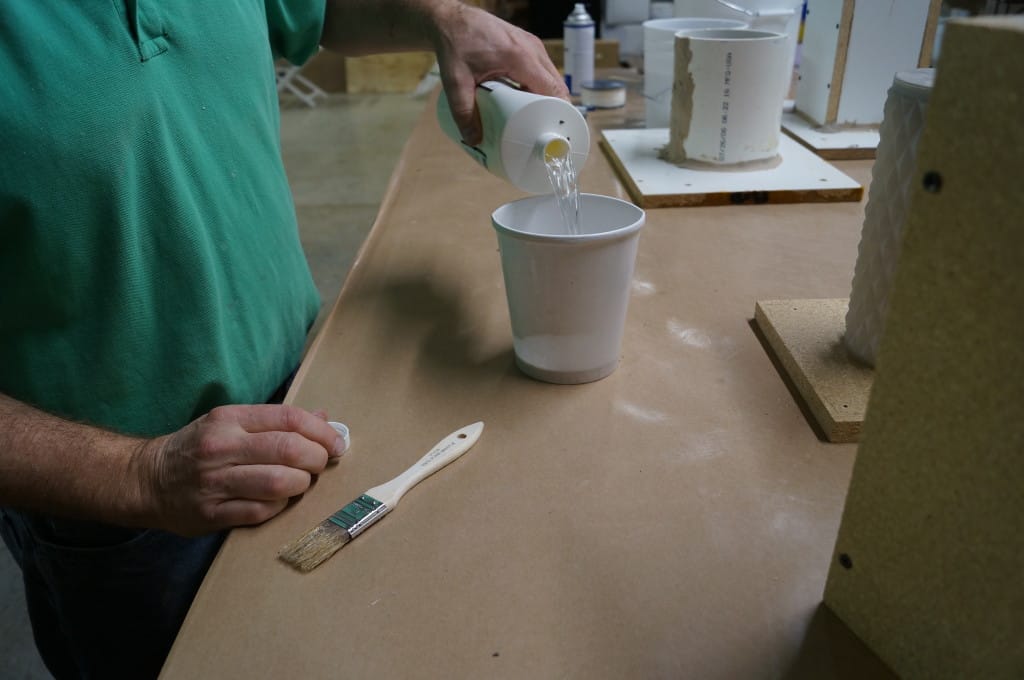
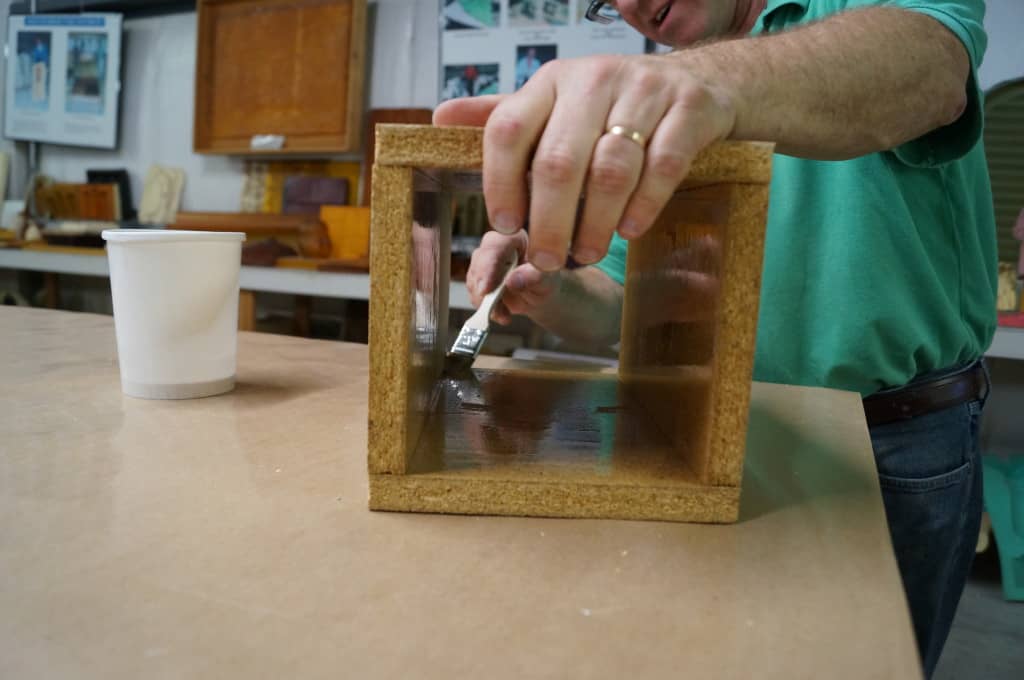
Apply a release agent to the model.
We also apply Pol-Ease 2350 Sealer & Release Agent to the model itself. Pol-Ease ® 2500 Release Agent (an aerosol spray) is another option that could be used in this case (for use with silicone mold rubbers).
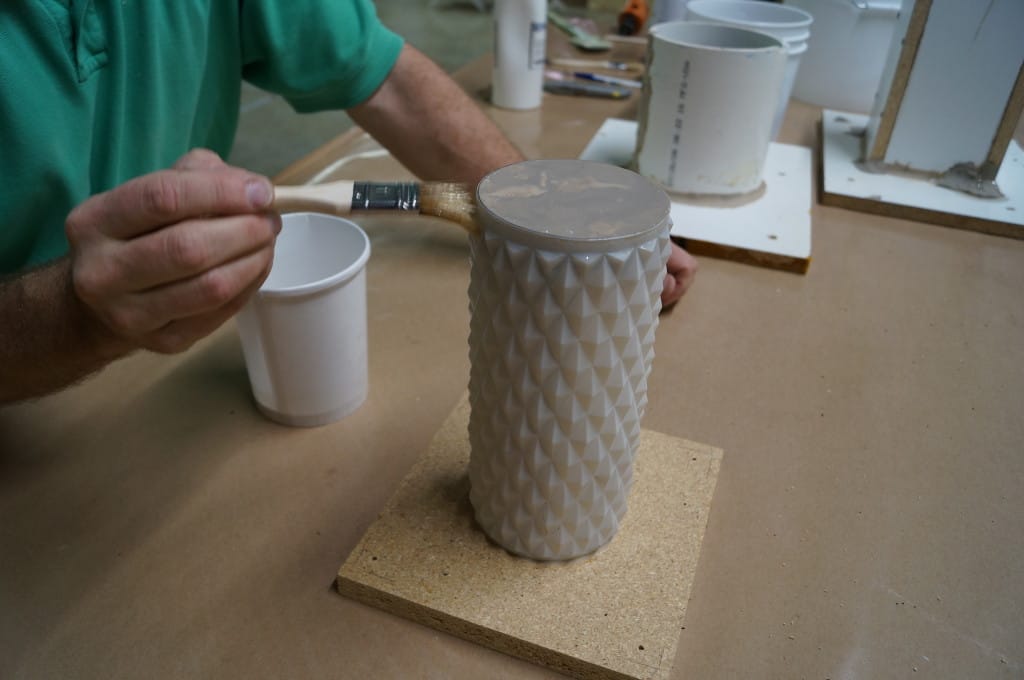
Allow sufficient time for the solvent in Pol-Ease 2350 to evaporate (~1 hour, depending on temperature and humidity) before moving on to the next steps.
Seal any areas around the model where rubber may leak. There are small gaps at the base of this model, so we seal that area with plasticine clay (warmed up for easier application). Other options for sealing include caulk and hot glue.
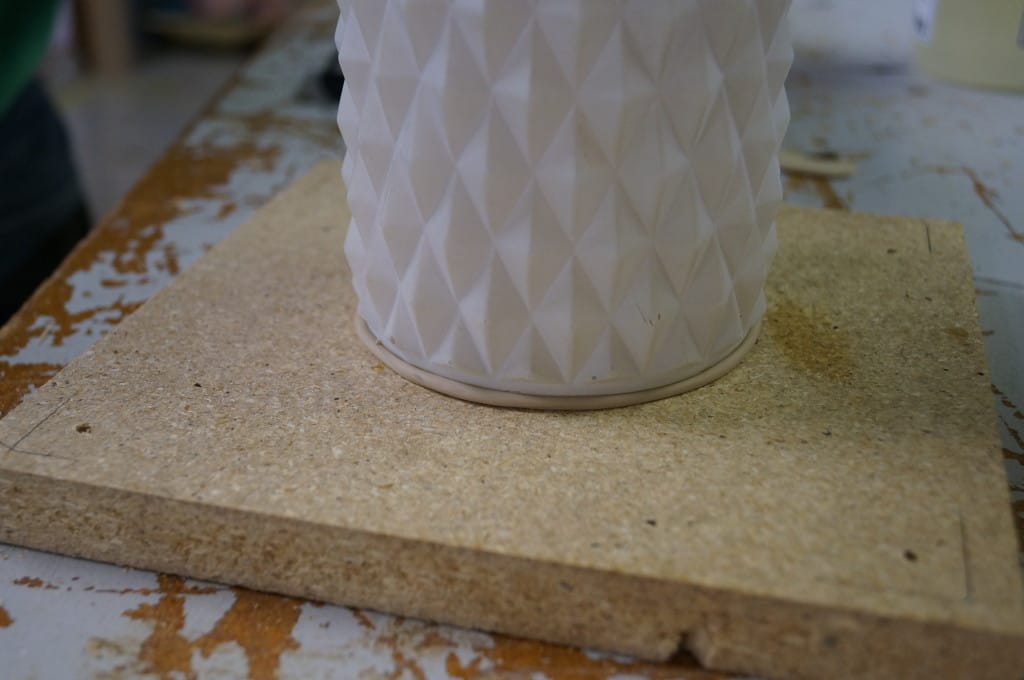
Smooth and flatten the clay as best as possible:
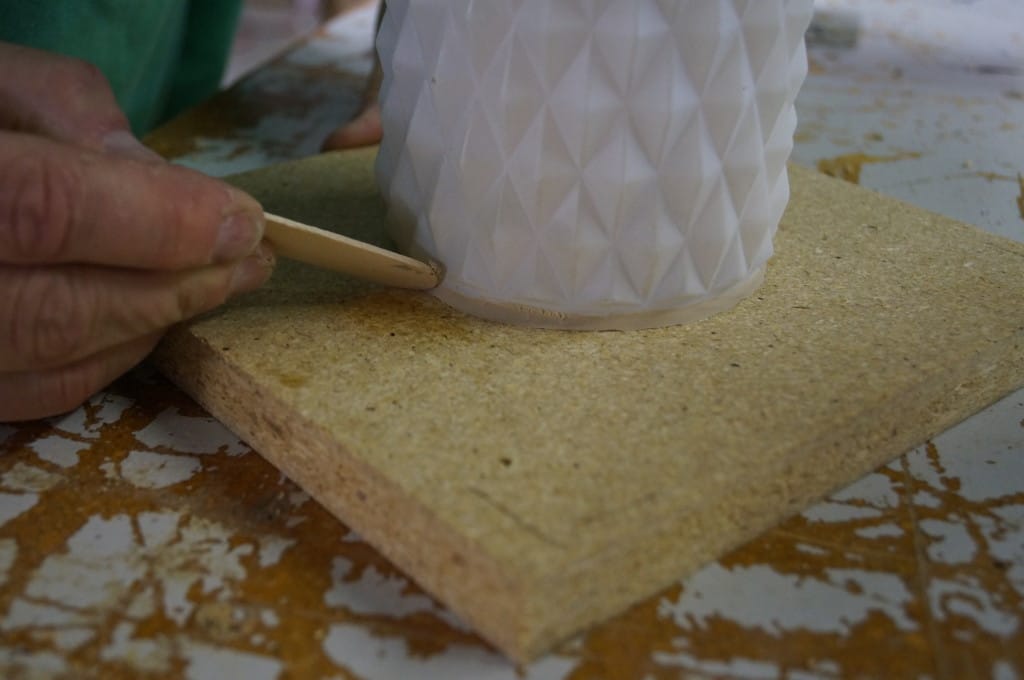
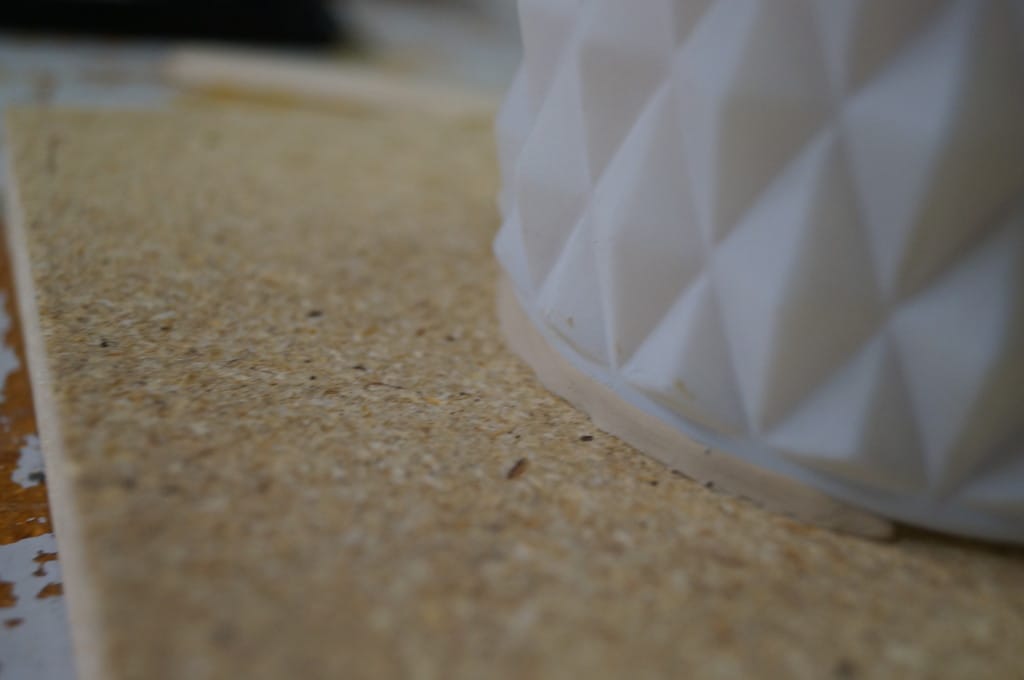
Place the model in the mold box and secure the bottom board to the mold box walls:
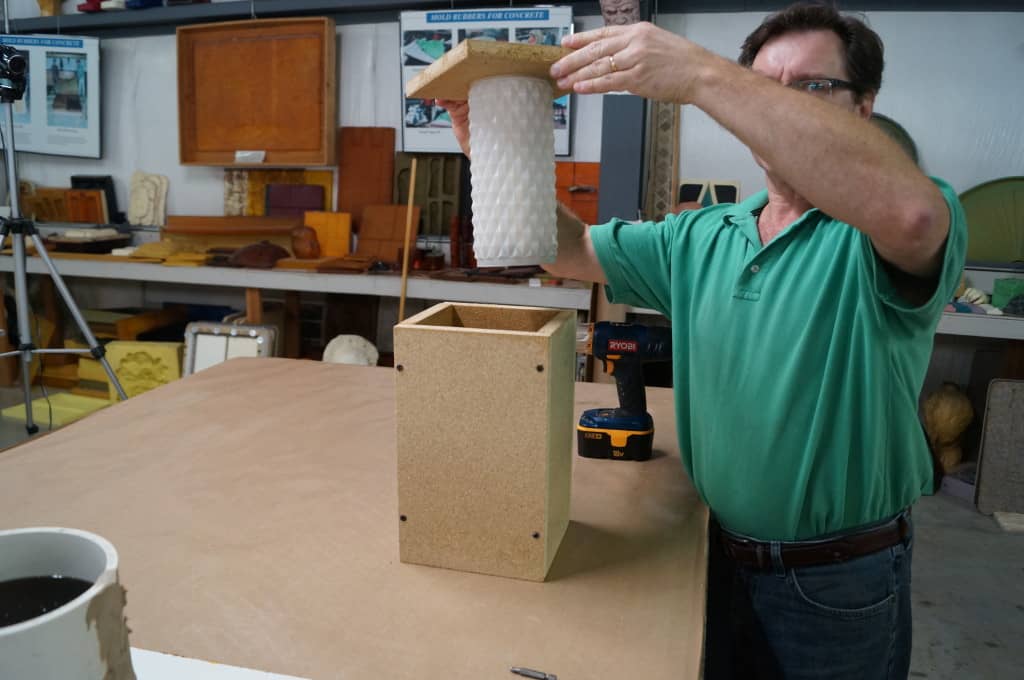
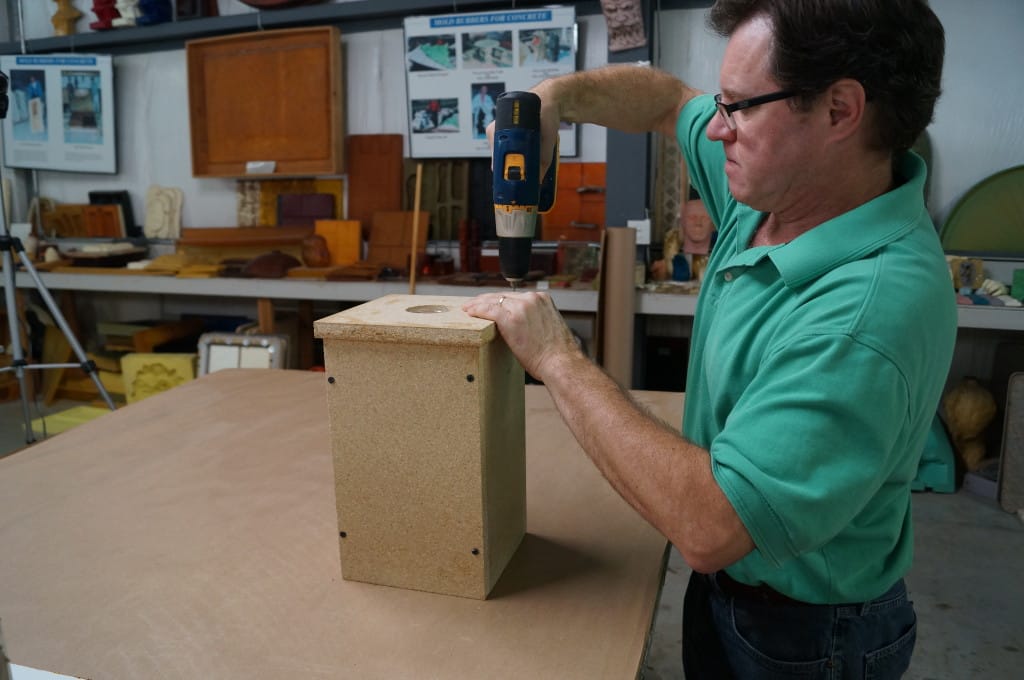
Place the mold box and model in the proper position for pouring the liquid rubber:
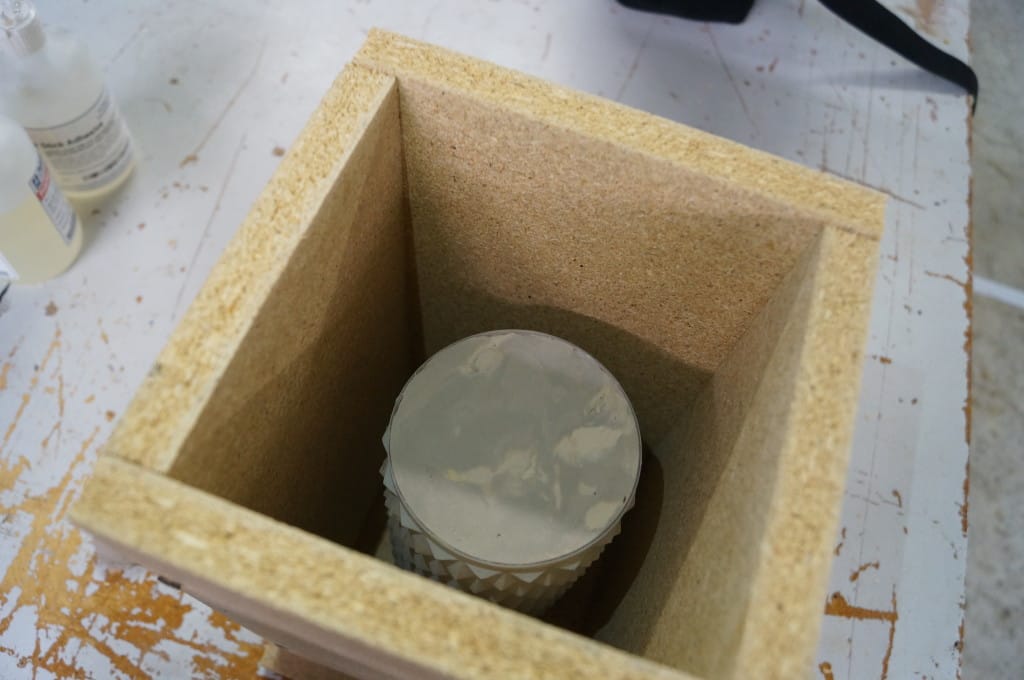
Seal the edges of the mold box with plasticine clay to help prevent rubber from leaking outside of the box:
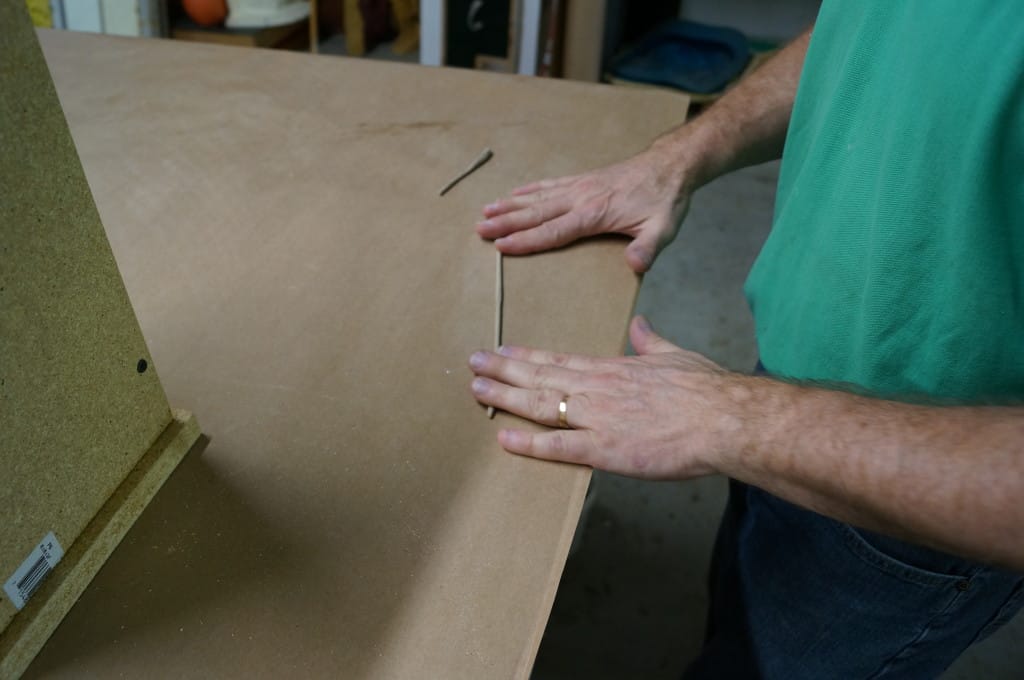
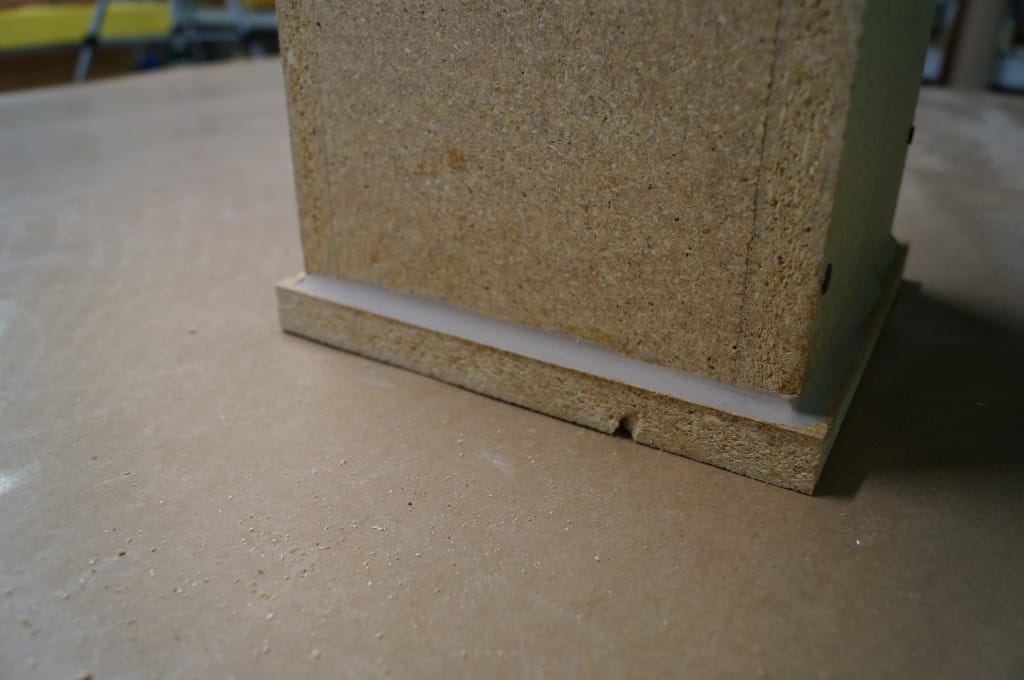
Step 4: Measure, Mix & Pour Silicone Rubber
The mold rubber selected for this particular project is PlatSil® 73-15 Silicone Rubber.
Basic Specifications for this Rubber:
- Type of Silicone: Platinum-Cured
- Mix Ratio: 1A:1B
- Shore Hardness: A15
- Pour Time: 20 minutes
- Demold Time: 4-5 hours
- Color: White Translucent
- Mixed Viscosity: 2,500 CP
NOTE ABOUT CURE INHIBITION: Contamination from amines, sulfur, tin compounds, polyester resins, some 3D-printed plastics, and some other materials can cause cure inhibition in platinum-cured silicone rubbers, so ensure that your model and other materials coming into contact with the silicone do not contain these inhibitors. It is best to perform a small test cure on your model before pouring a large mold.
This particular mold requires approximately 10 lb of PlatSil 73-15 rubber (5 lb of Part A & 5 lb of Part B).
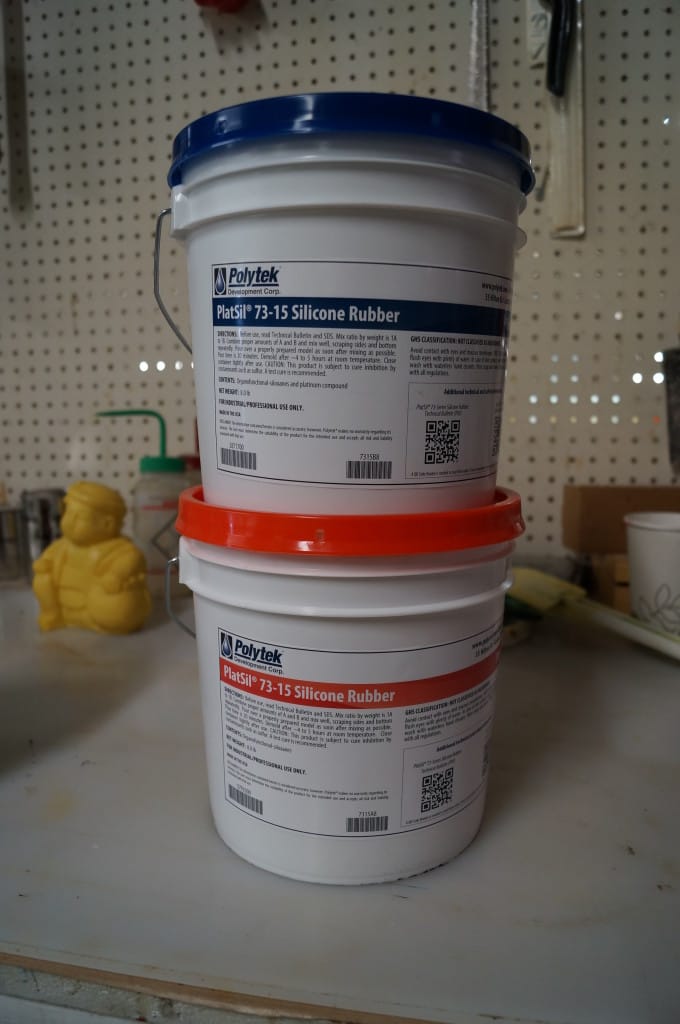
Weigh out Part B on a digital scale – we recommend pouring Part B first because it is lower in
viscosity than Part A and is less likely to cling to the sides of the mixing container:
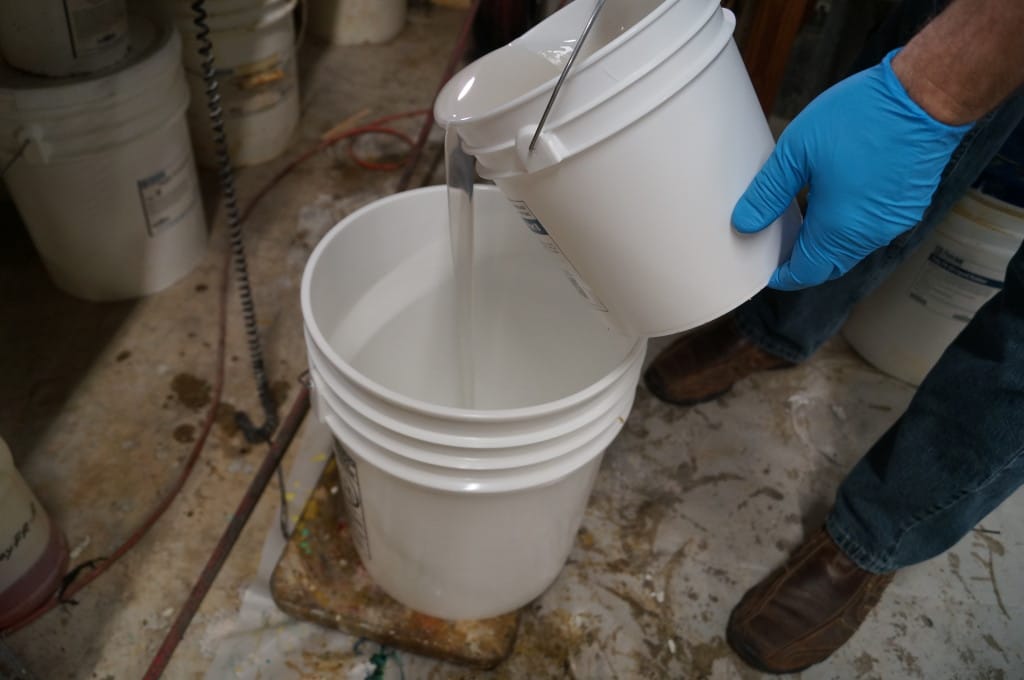
Tare the scale and weigh out Part A into the same mixing container.
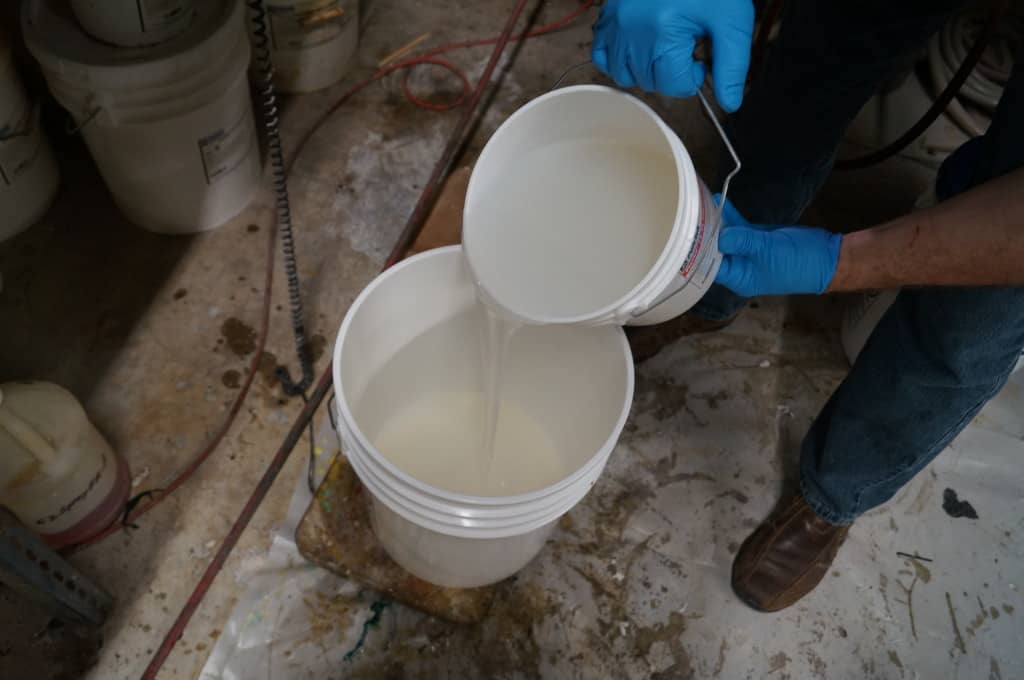
Thoroughly mix Part A and Part B together, scraping the sides and bottom of the mixing container
several times:
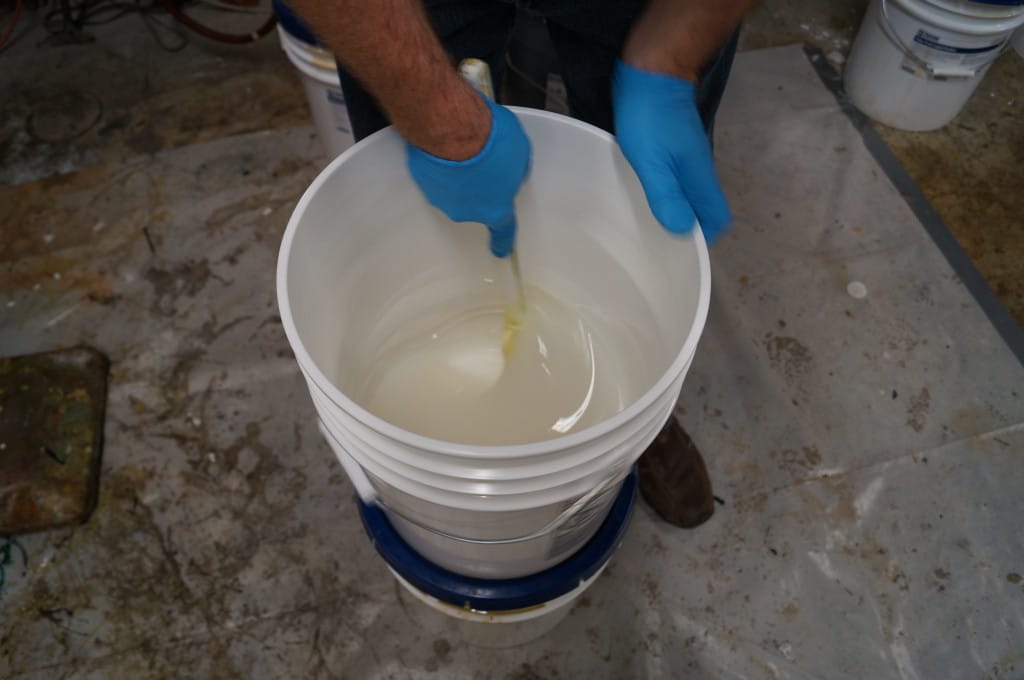
Carefully pour the mixed rubber into the mold box. Pour into one corner and allow the rubber
to rise. Do not pour rubber directly onto the model:
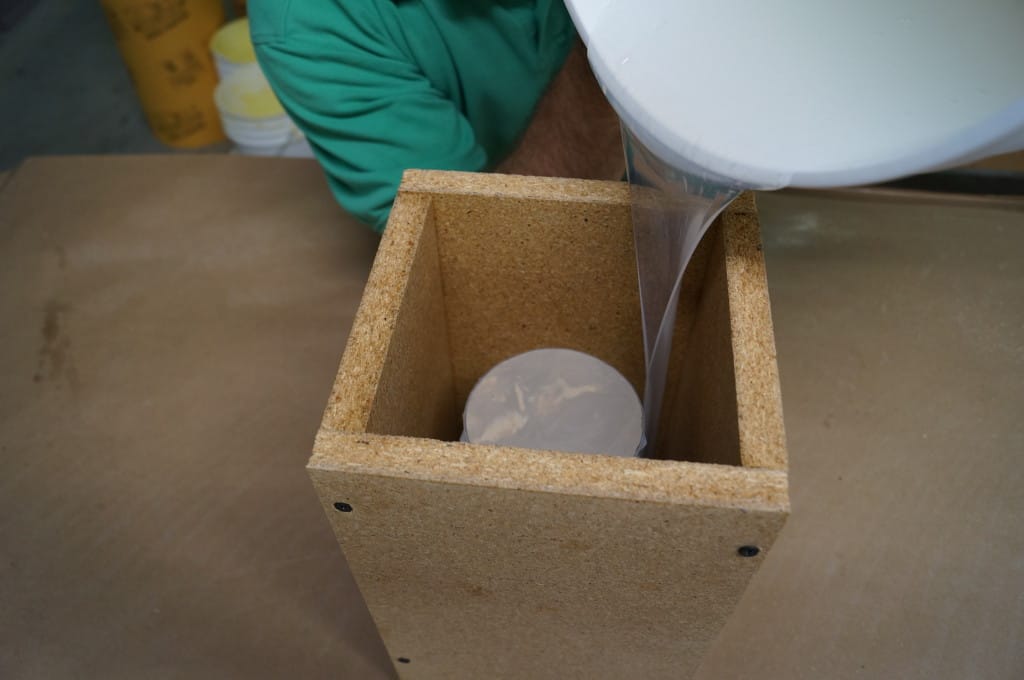
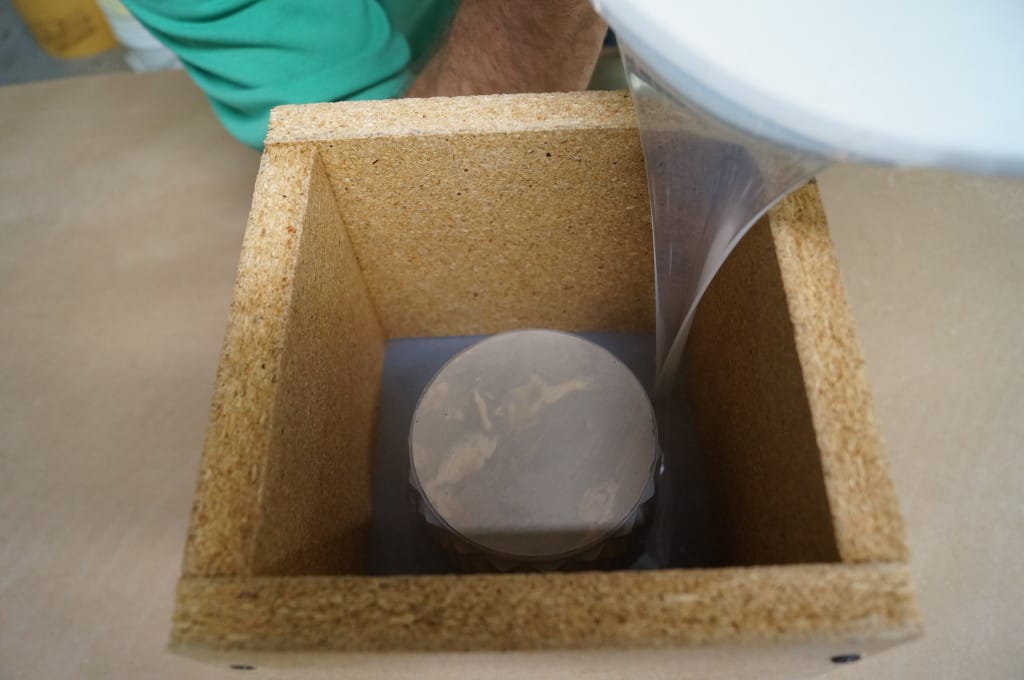
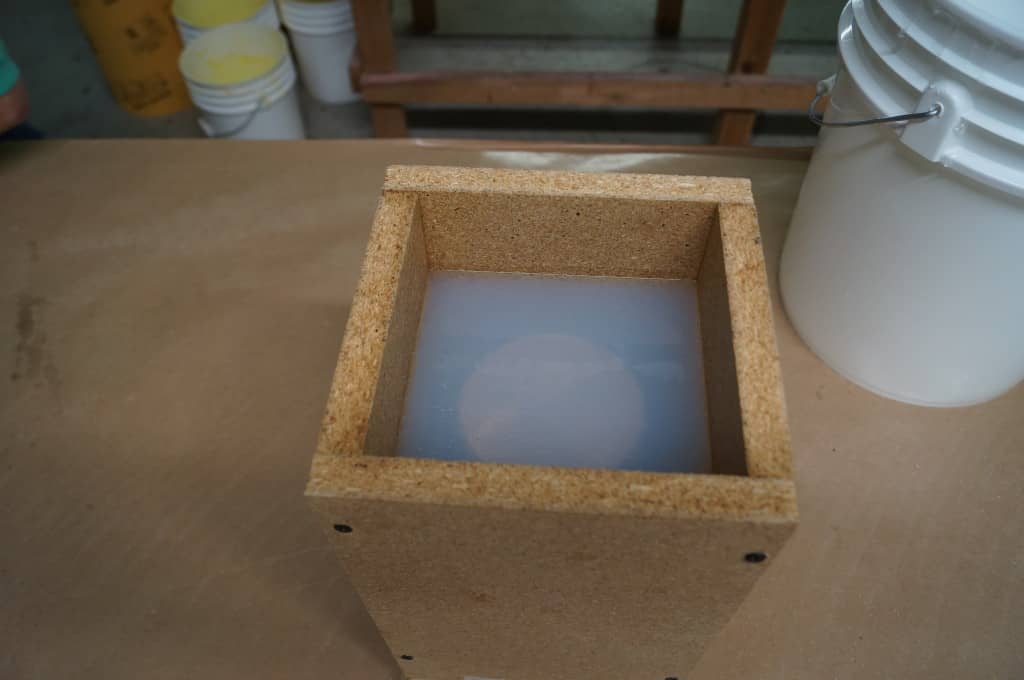
PlatSil 73-15 can be demolded in 4 to 5 hours at room temperature. If a different rubber is being used,
make sure to check the demold time of that particular rubber. Demolding too soon can cause permanent warping of the
mold.
Step 5: Demold & Cut Mold (if necessary)
Carefully remove the mold box bottom board and walls. A putty knife may be helpful in this process:
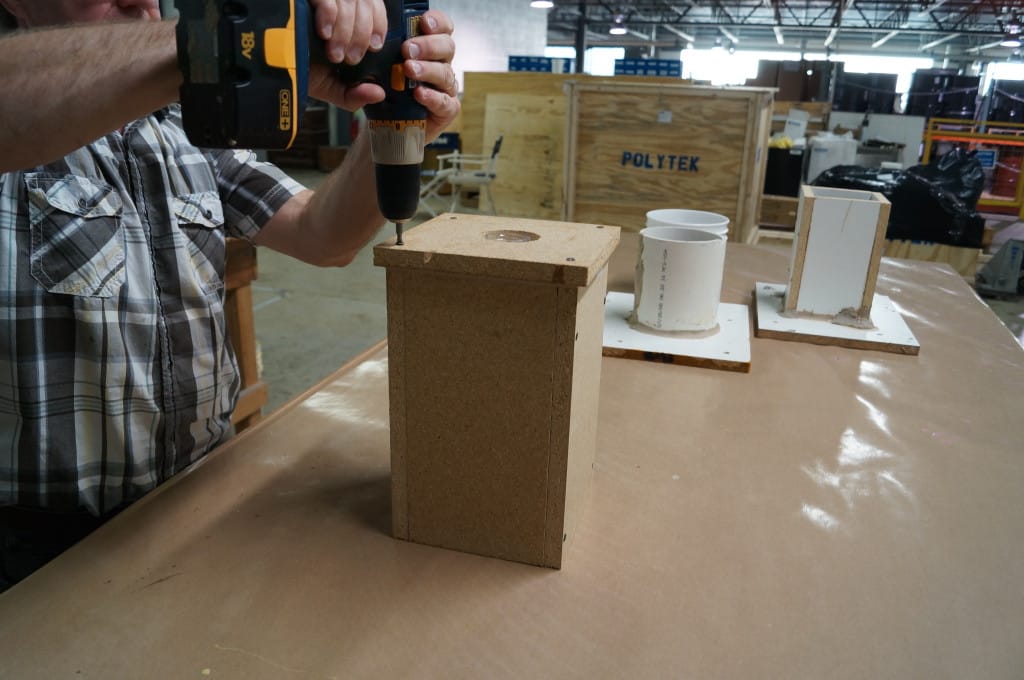
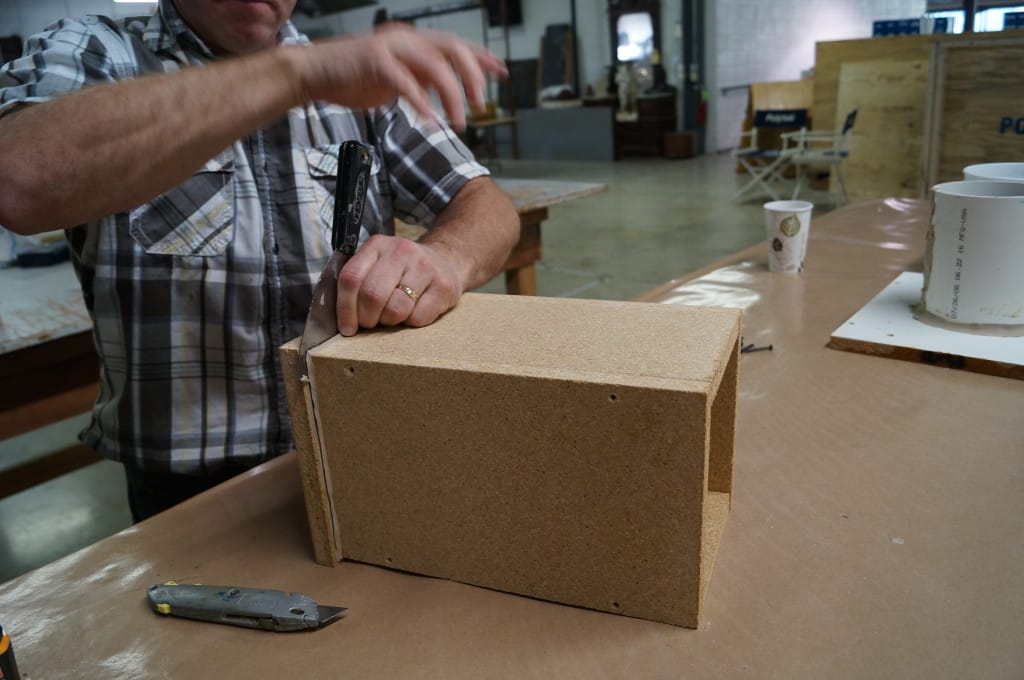
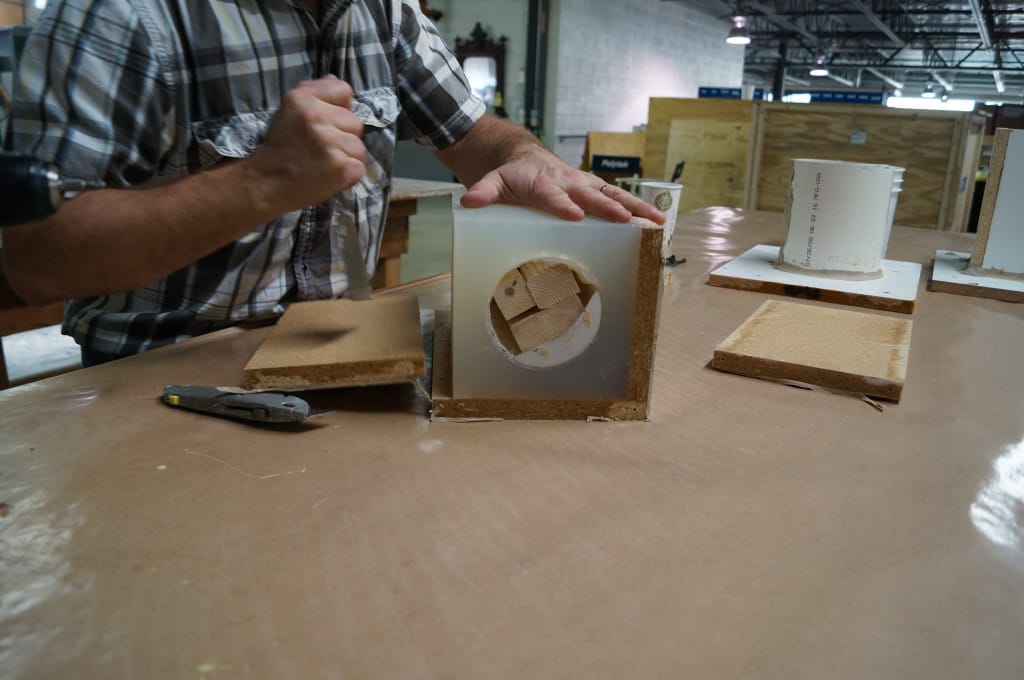
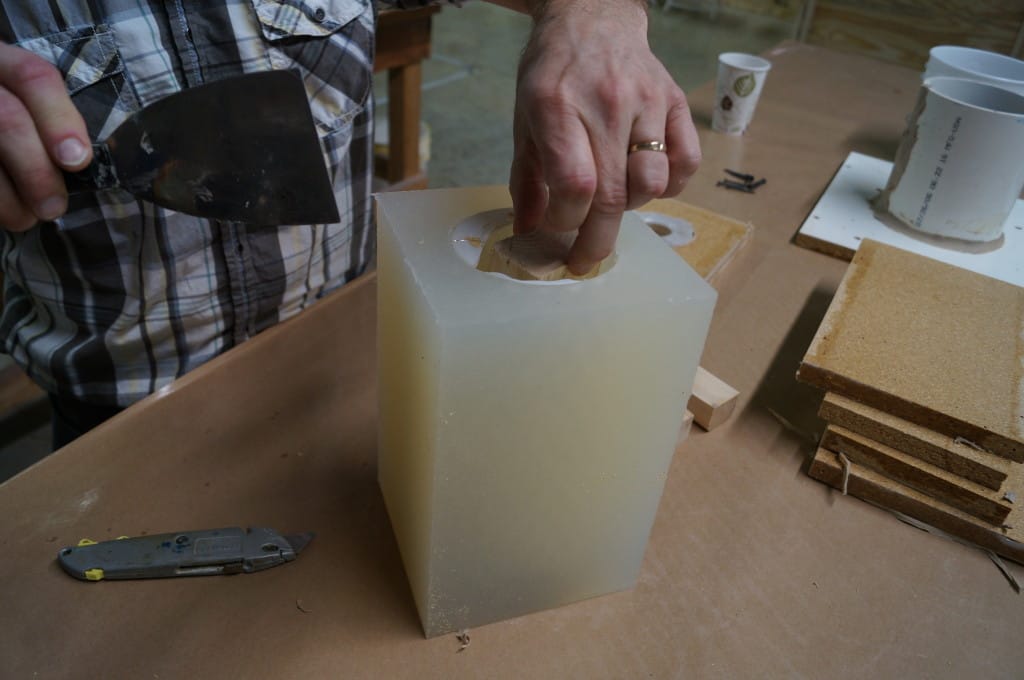
Depending on the shape of the model, the mold may have to be cut to remove the model and
subsequent castings. We use a scalpel to cut an irregular pattern on one side of the mold (irregular patterns
realign better for casting than straight cuts):
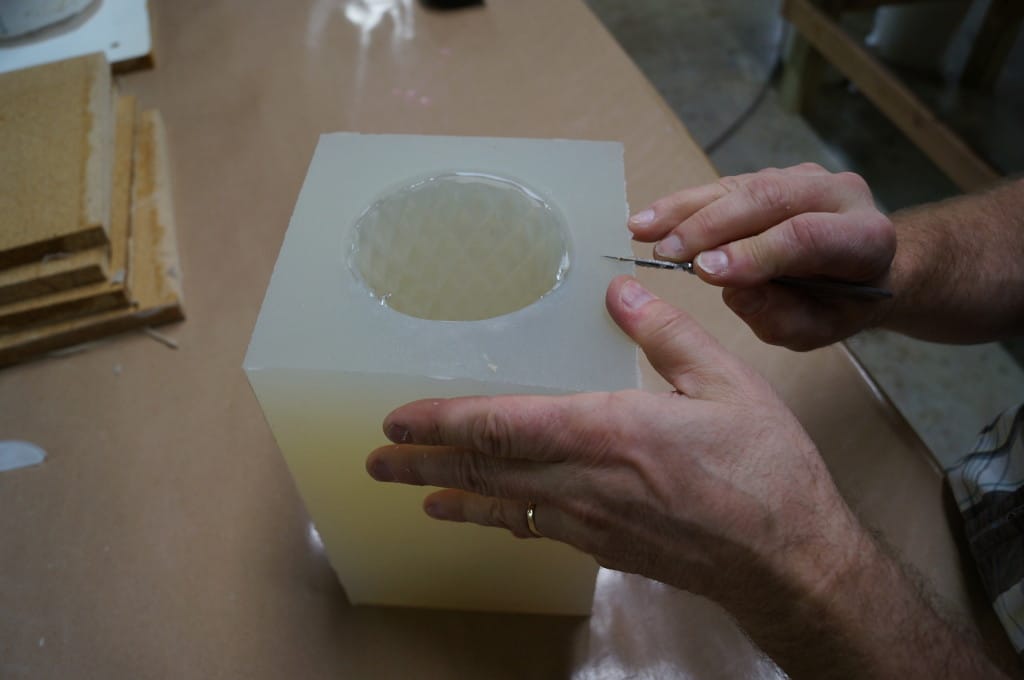
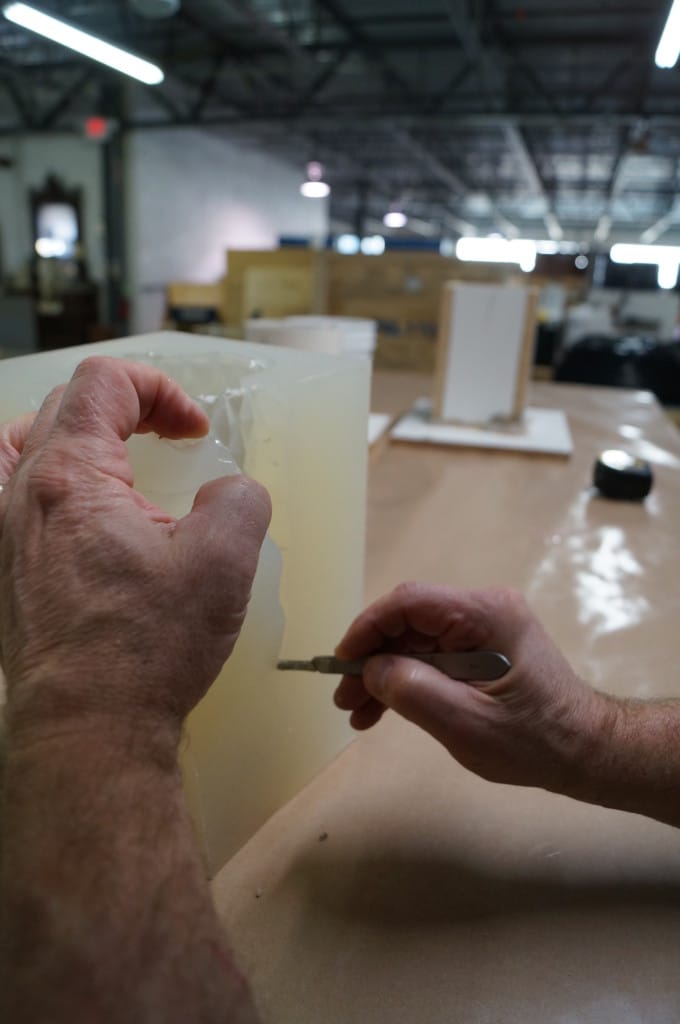
Carefully remove the model from the mold:
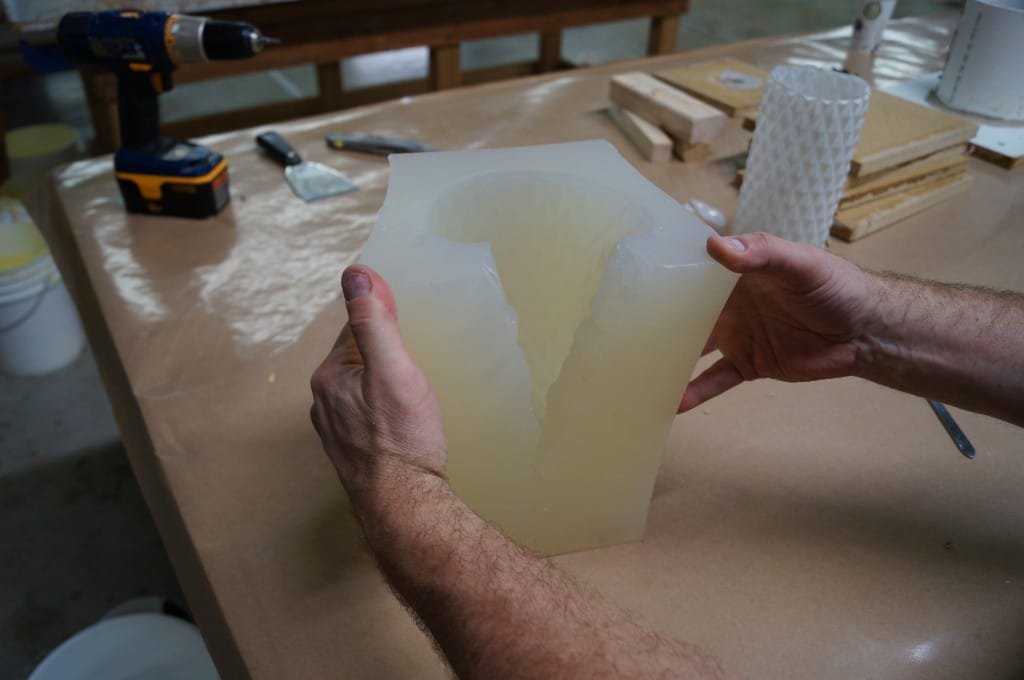
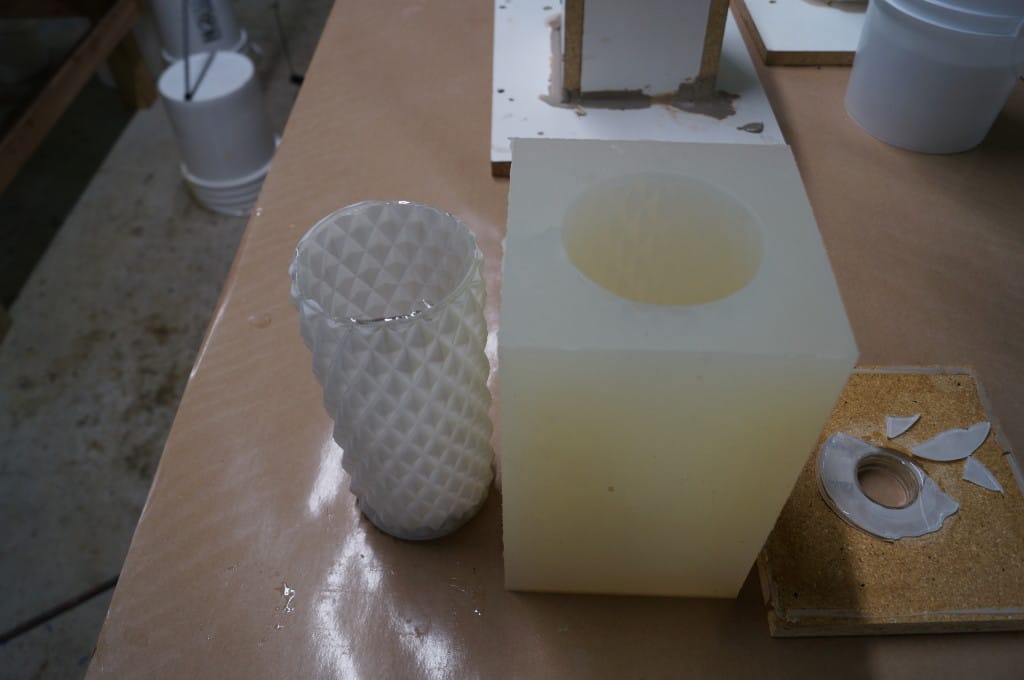
Make a small hole in the bottom of the mold to later accommodate a wick:
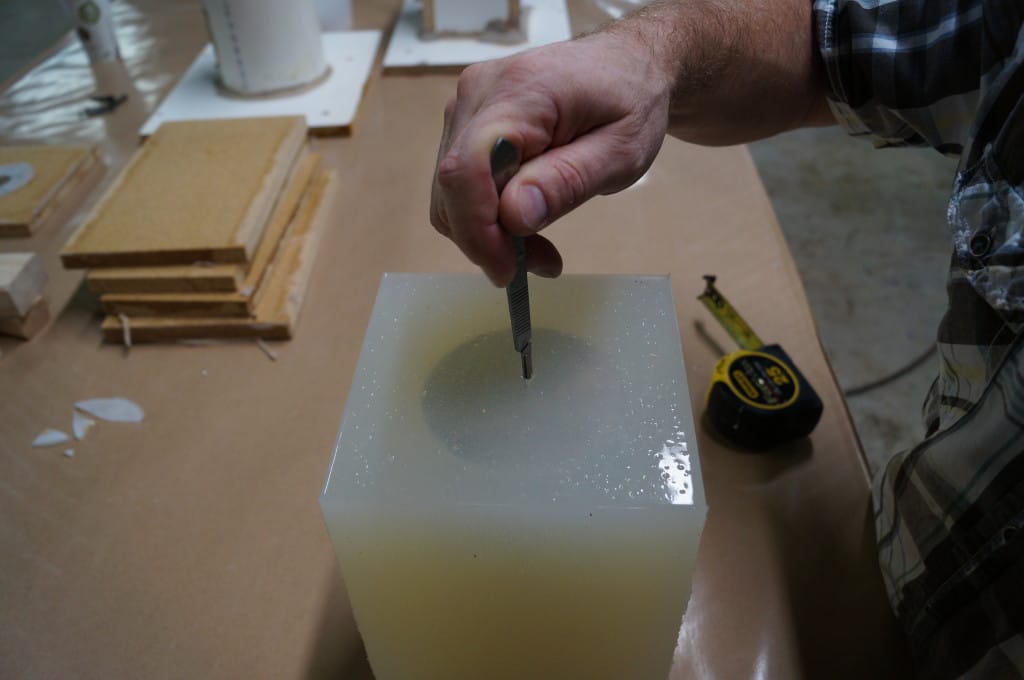
This next step is completely optional. Before we move on to casting wax, we make a plastic copy of the
original model just in case we need to make more molds at a later date (we broke the original glass model when
demolding).
Wooden boards and duct tape are used to support the mold when casting (you could also use
the original mold box for support):
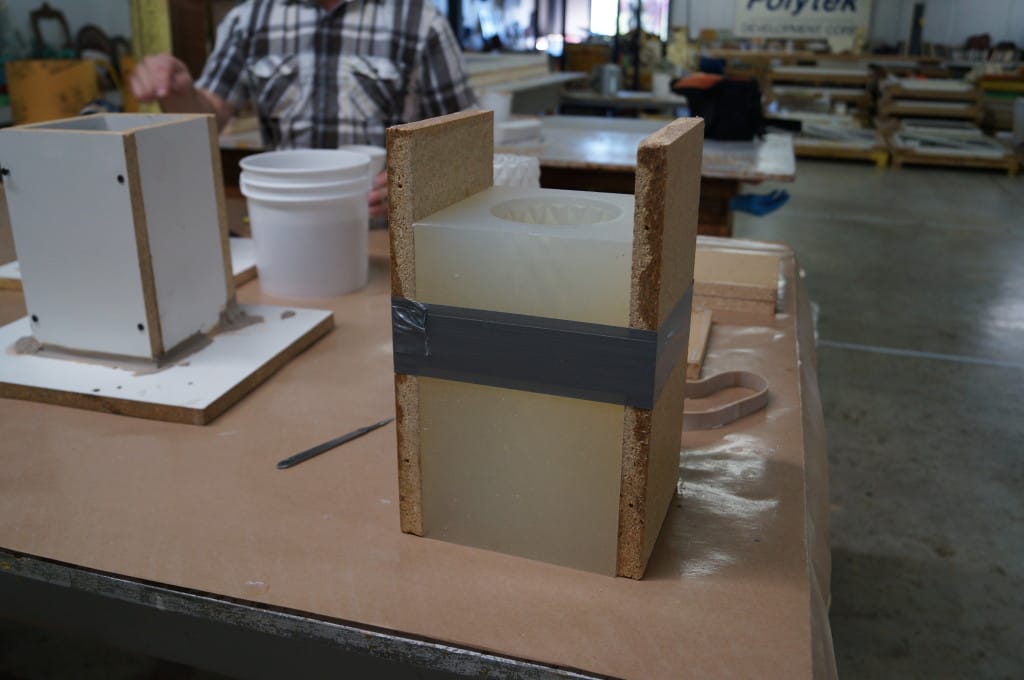
EasyFlo 60, a fast-setting polyurethane plastic, is poured into the
mold to make the copy:
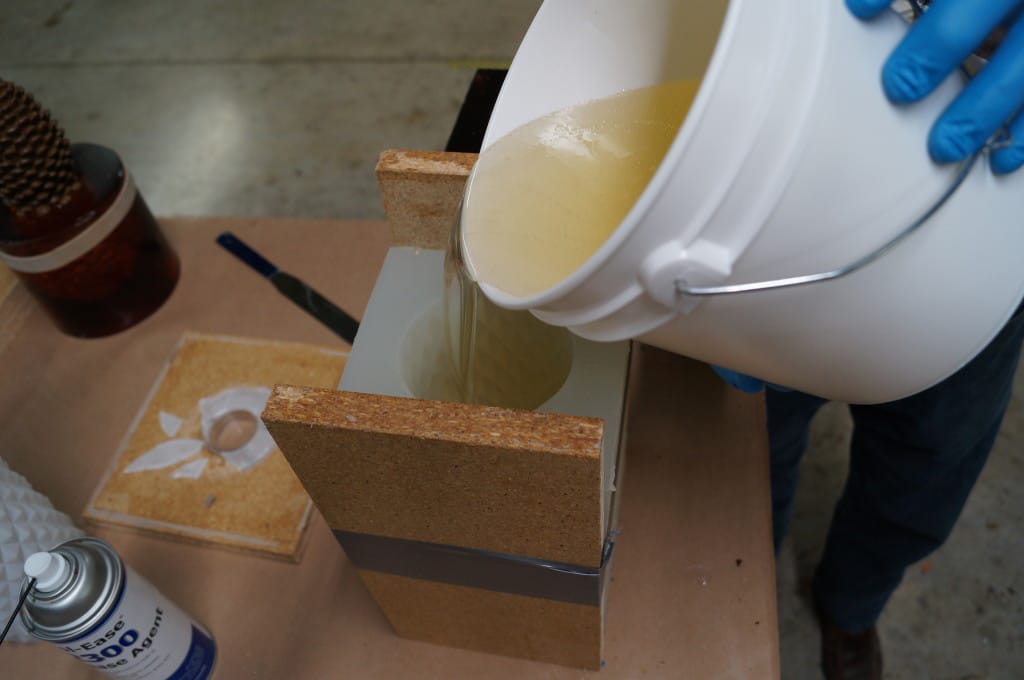
This plastic can be demolded in 15-30 minutes:
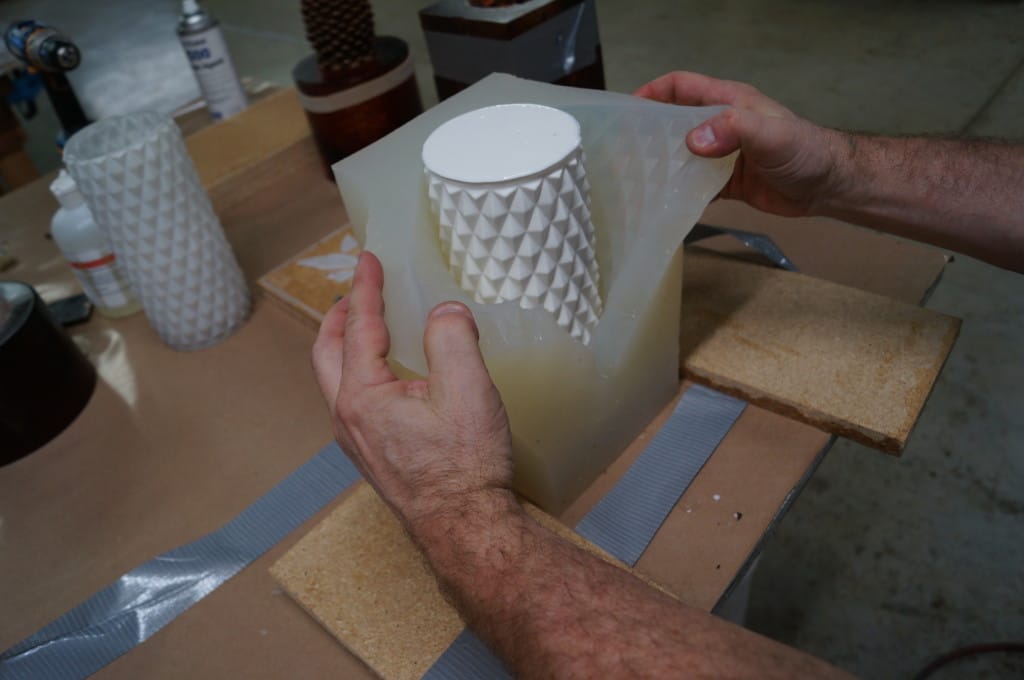
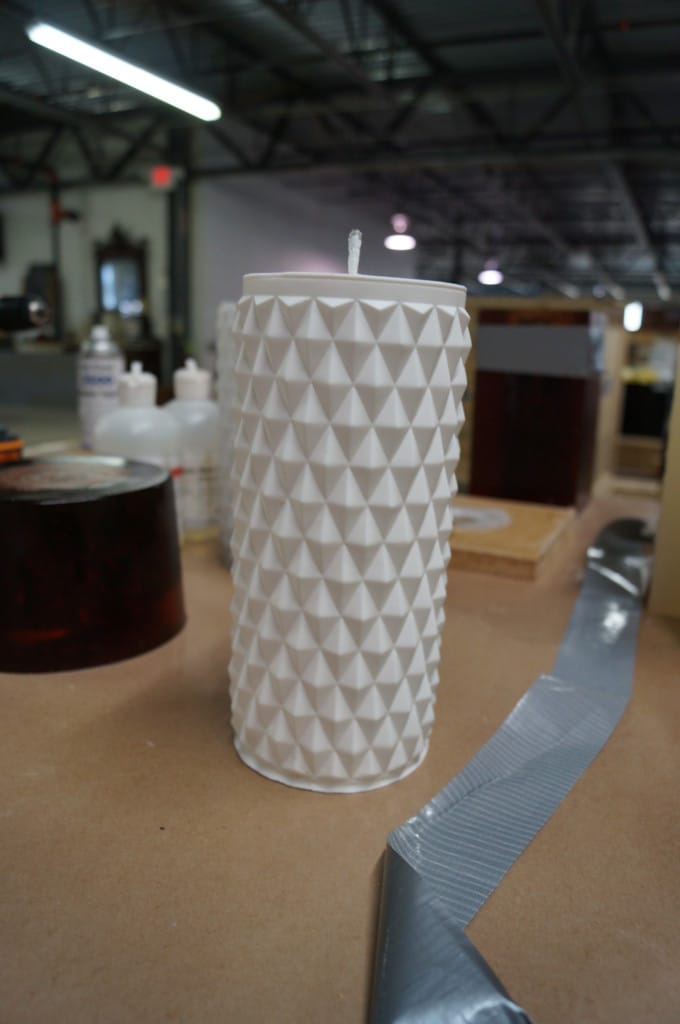
Step 6: Pour Wax into Mold
Feed a wick through the hole created earlier:
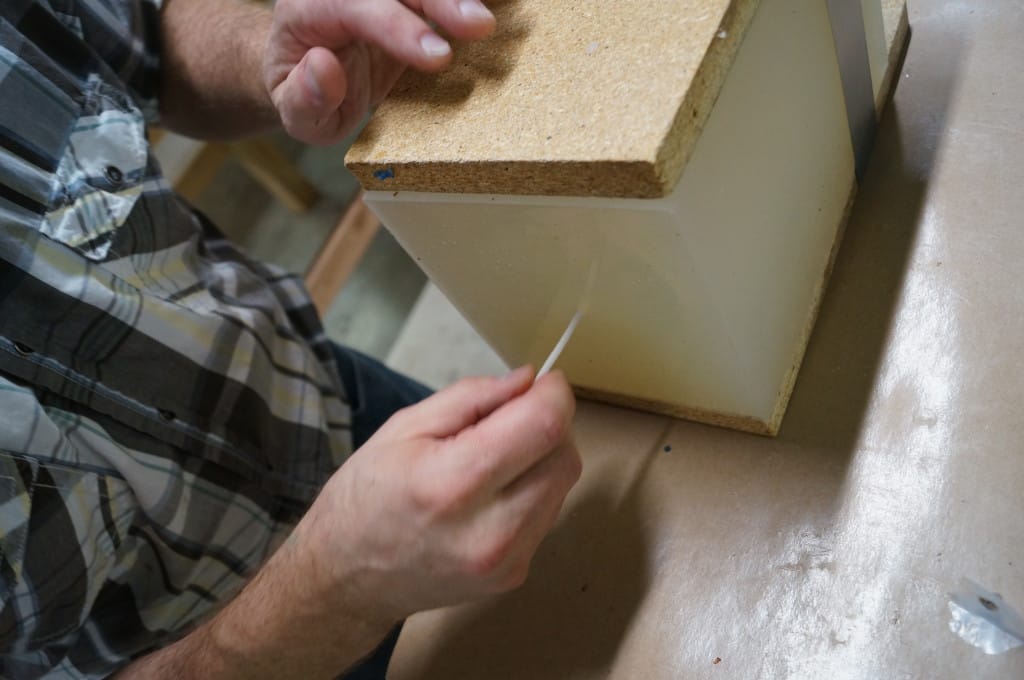
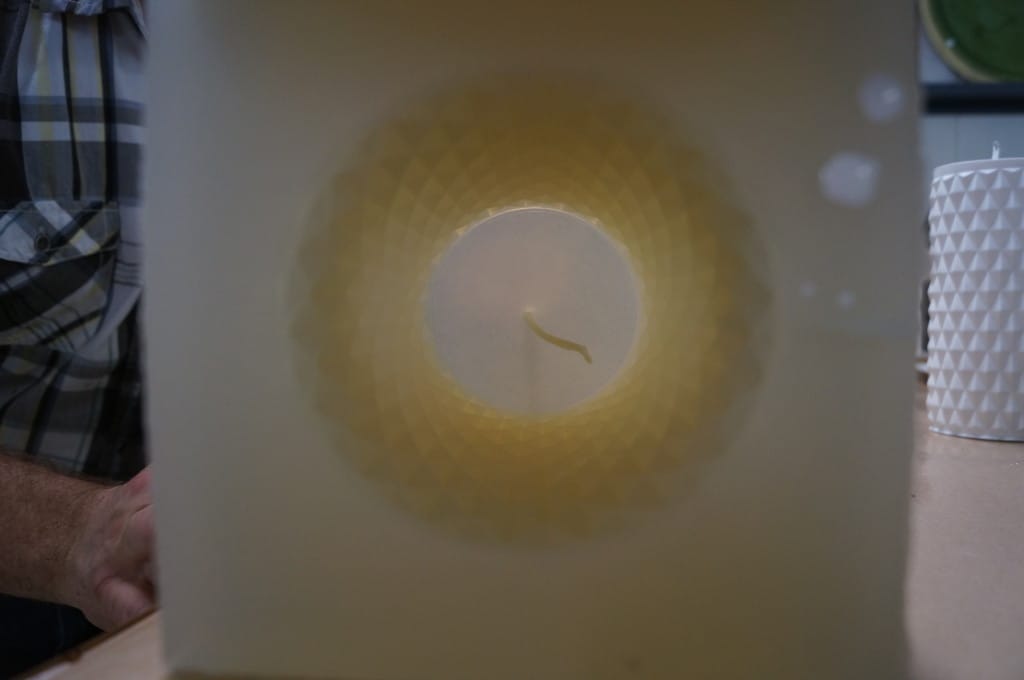
Temporarily tie a knot in the wick:
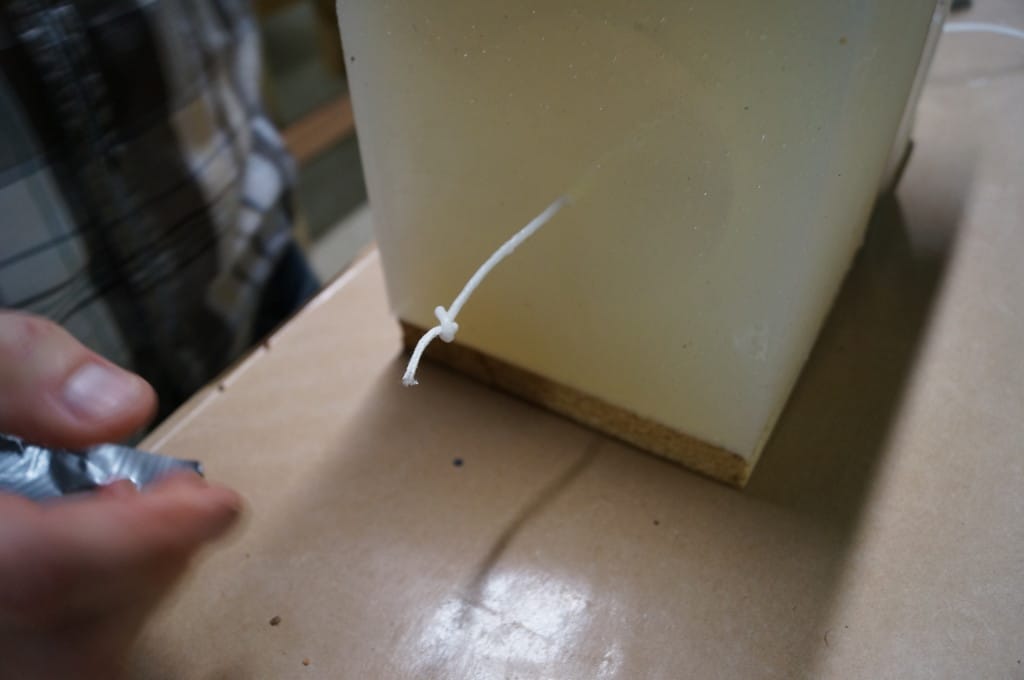
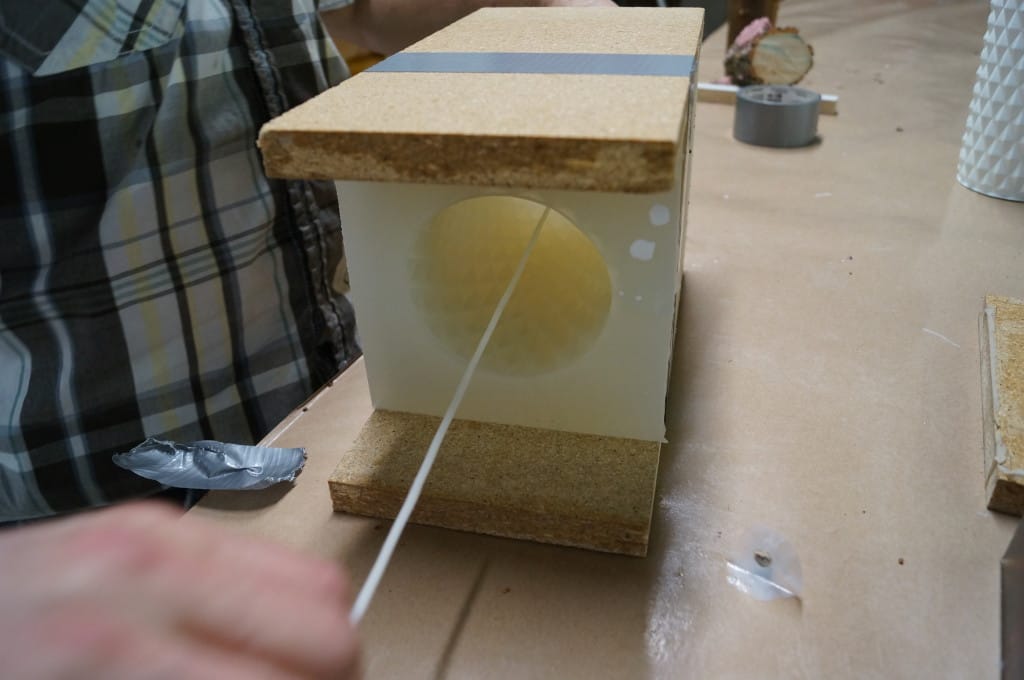
Secure the wick above the pour hole of the mold. Make sure it is centered:
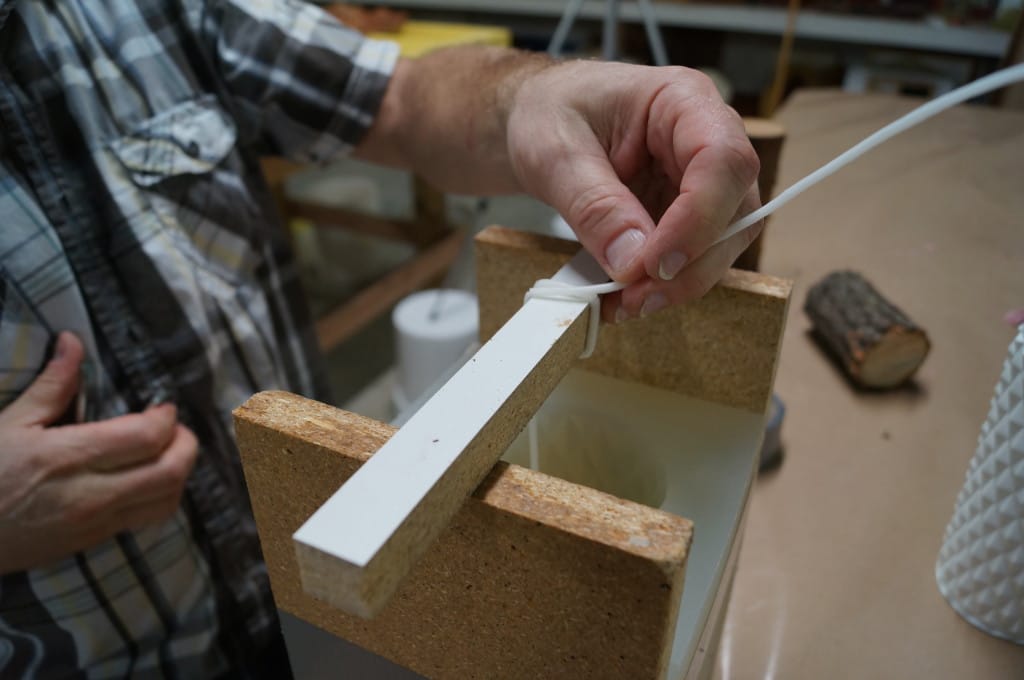
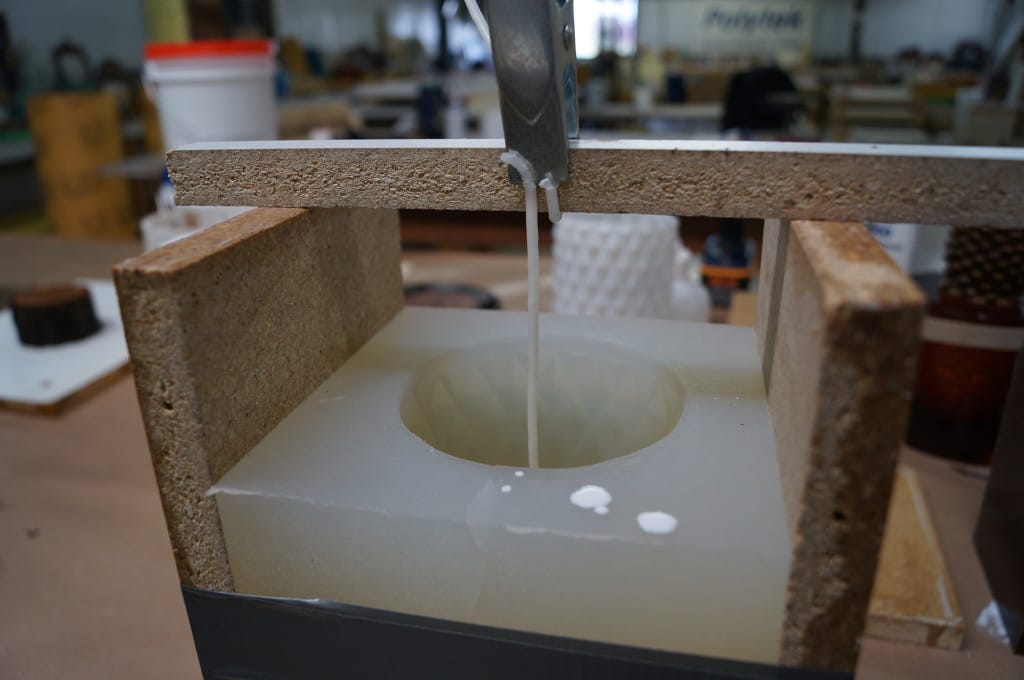
Melt wax with the appropriate equipment and add dyes and fragrances if desired:
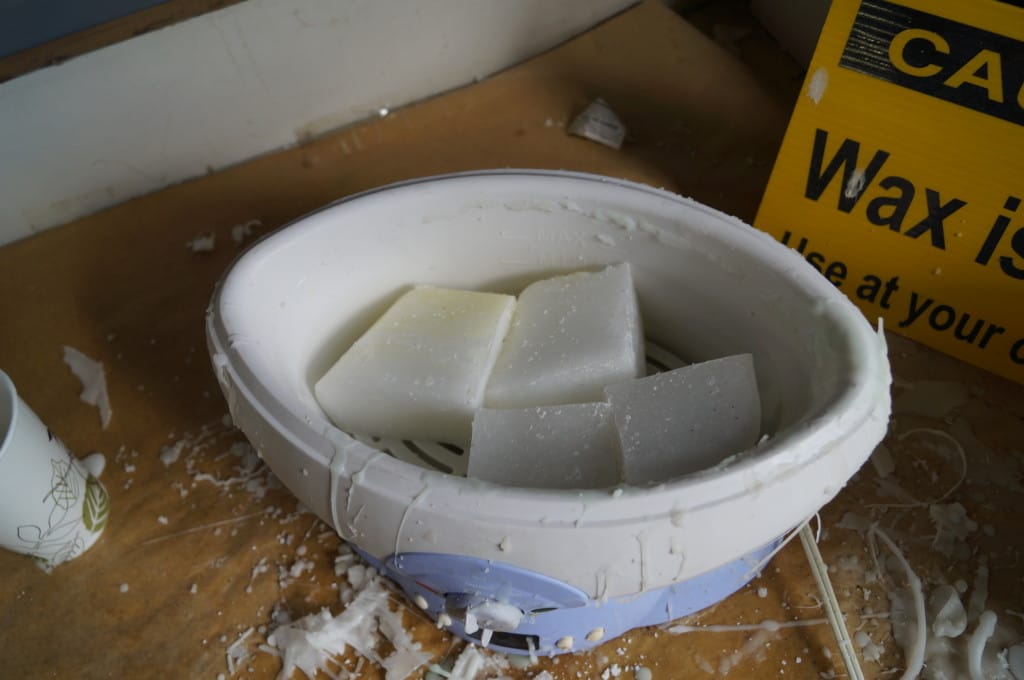
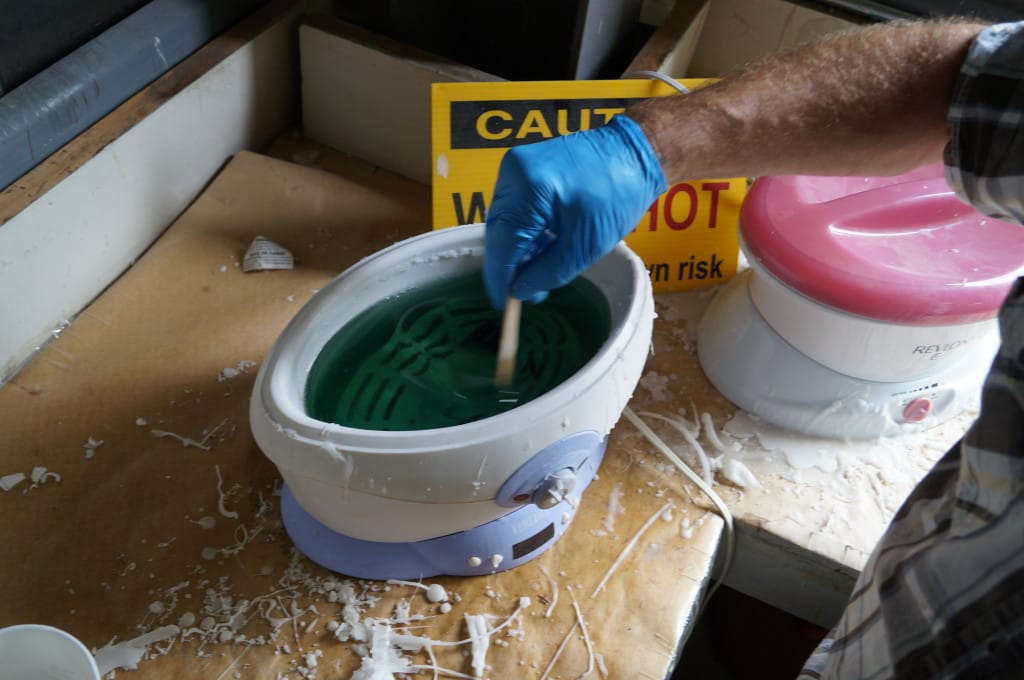
Carefully pour the wax into the mold:
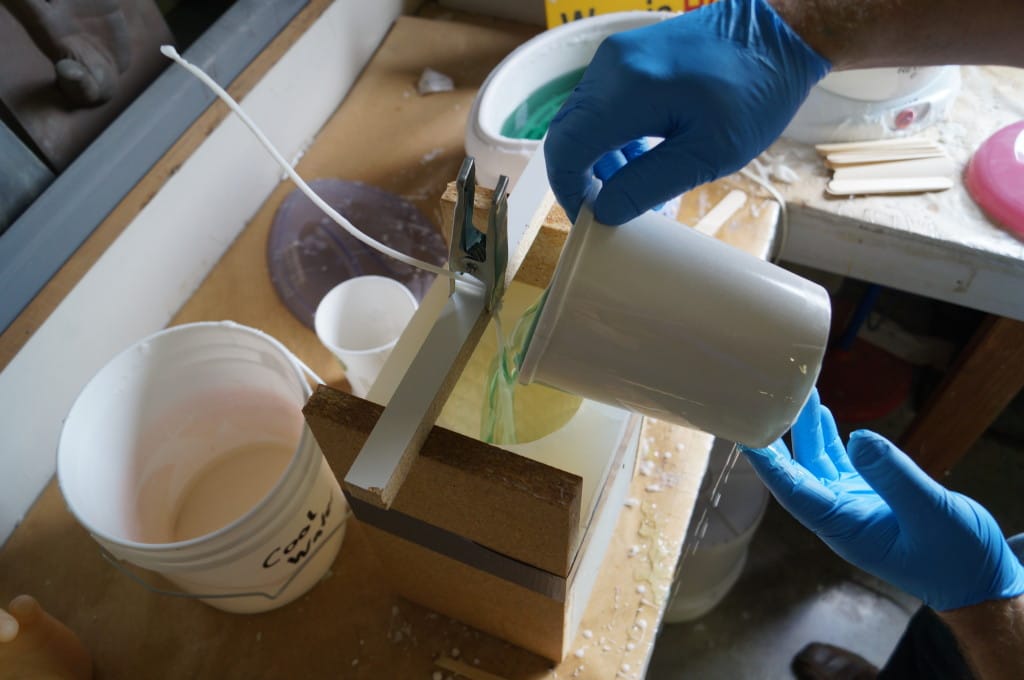
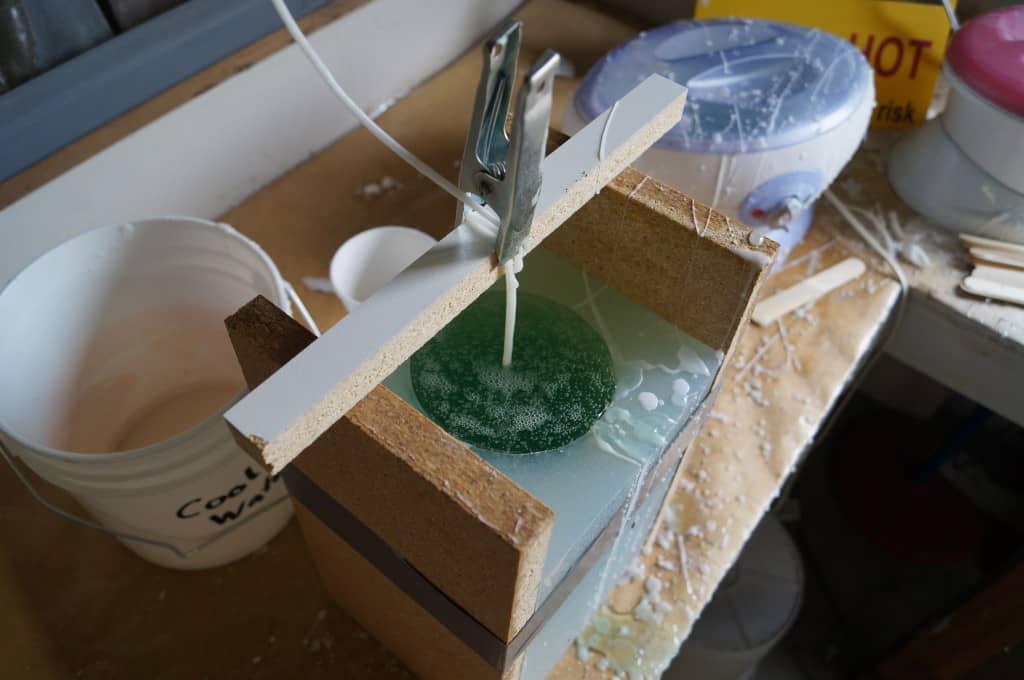
Allow the wax to completely cool:
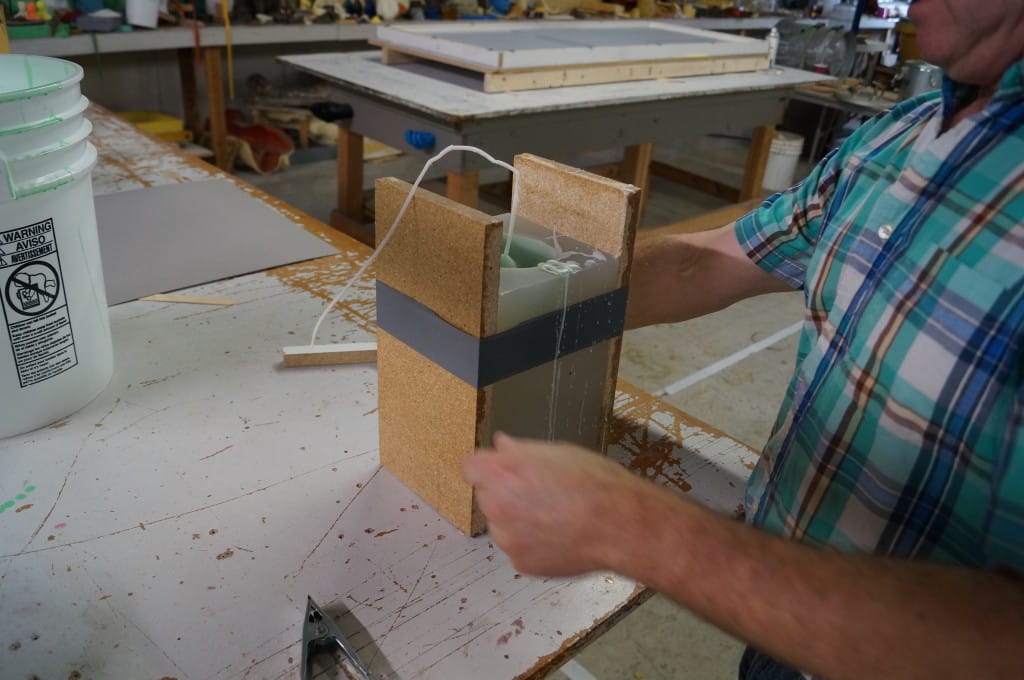
Step 7: Remove Candle from Mold
Carefully remove the candle from the mold:
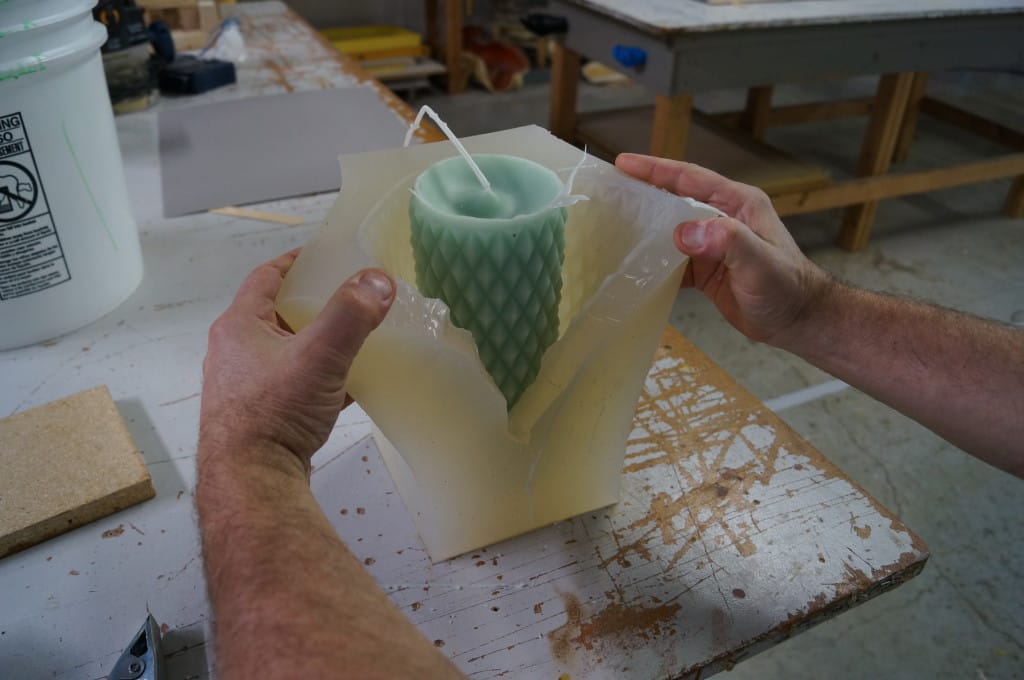
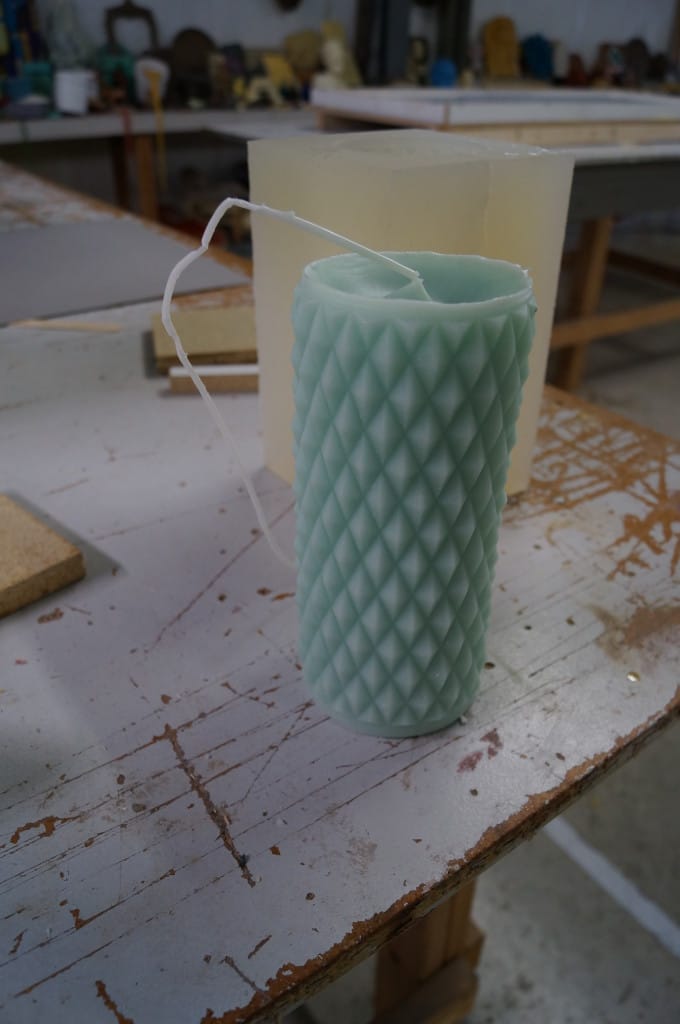
Trim the wick as necessary:
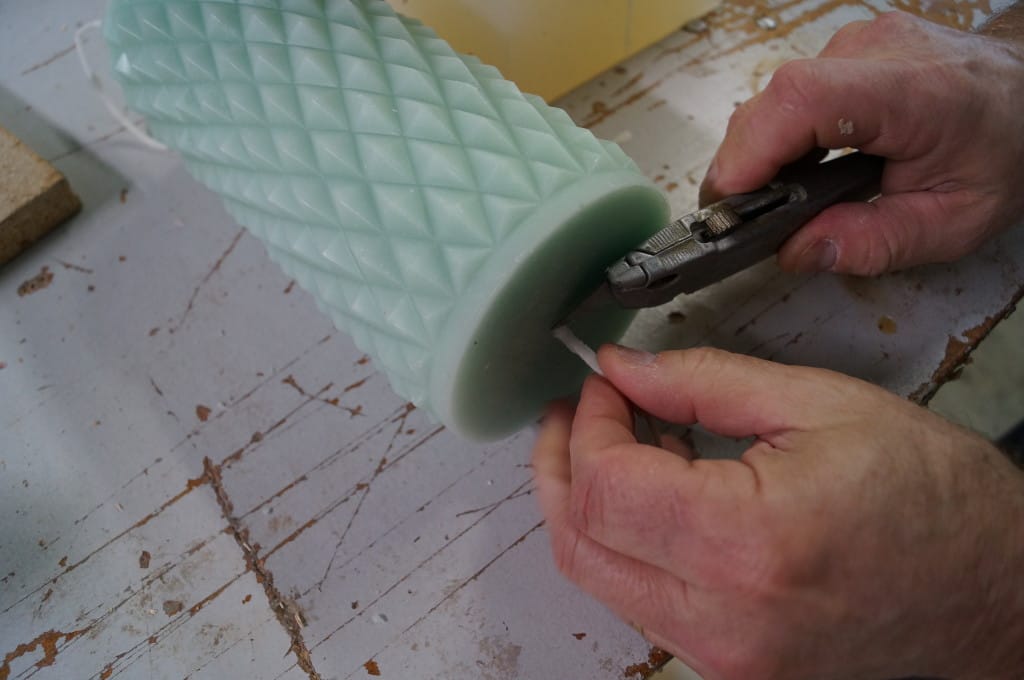
Hundreds of candles can be made in this single mold. A finished candle is pictured below:
